Today our starting point is Delhi Gate Metro Station (violet line).
Delhi Gate
Historical Landmark
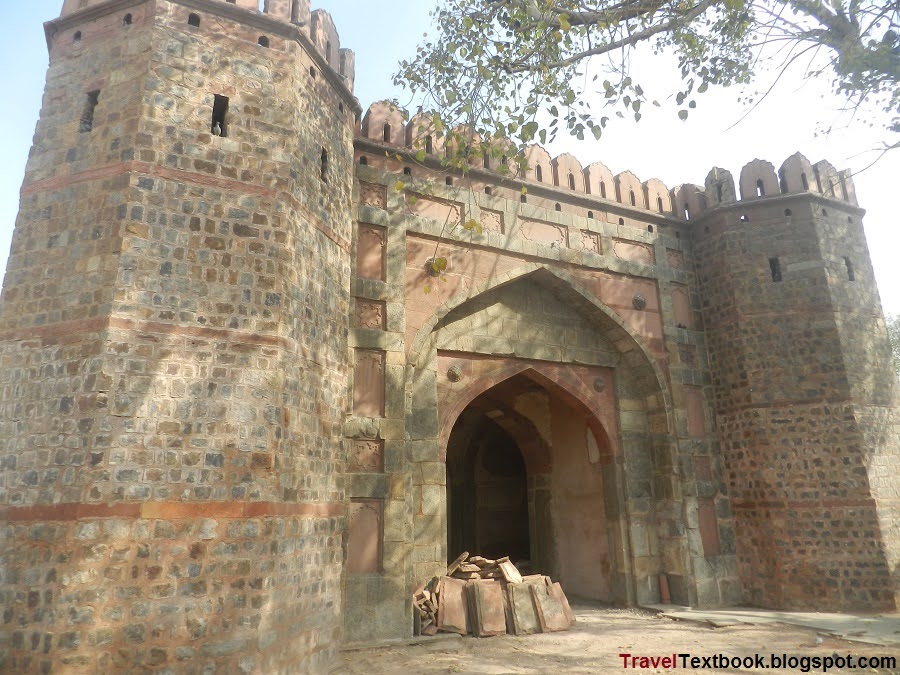

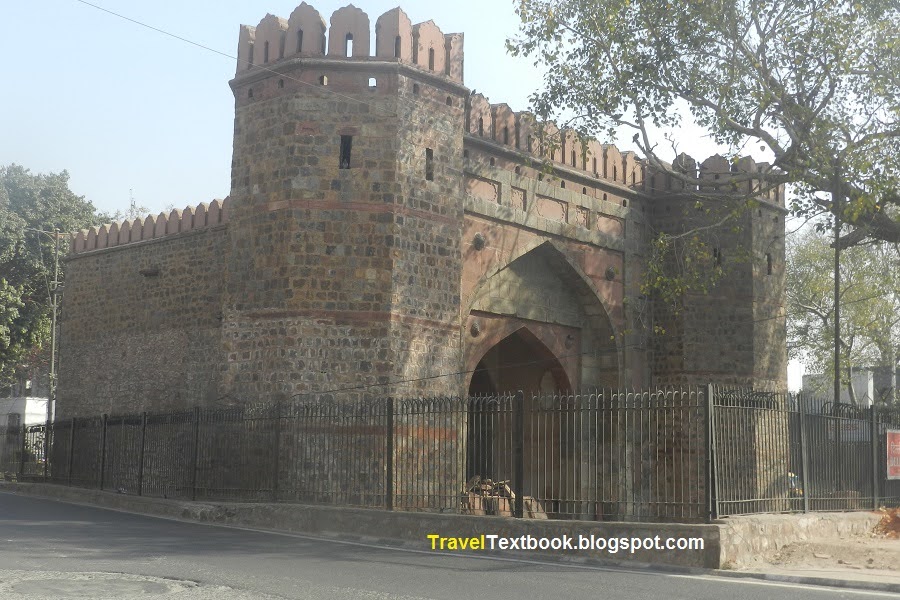
Mughal Emperor Shah Jahan built originally 6 km long wall around Old Delhi, also called Shahjahanabad, built in 1638 AD. There were 13 gates, and 14 smaller wicket gates, called khirkis (windows). Most of them are lost. In 1826, British added another gate named "Calcutta Gate", which was destroyed after the rebellion in 1857.
Delhi Gate is the southern gate of the historic walled city of Delhi. The gate connects New Delhi city with Old Walled Delhi. The emperor used this door to go to the Jama Masjid for prayers.
How to go: Nearest metro station is Delhi gate metro station (violet line), which is about 130 meters towards southwest.
City Wall Daryaganj
Historical Wall

Mughal Emperor Shah Jahan built originally 6 km long wall around Old Delhi, also called Shahjahanabad, built in 1638 AD. There were 13 gates, and 14 smaller wicket gates, called khirkis (windows). Most of them are lost. In 1826, British added another gate named "Calcutta Gate", which was destroyed after the rebillion in 1857.
The city wall at Daryaganj still survives, which was the southern wall. The surviving wall is about 360 meters long and 13 meters high.

There are two ramp at the wall. In the middle of the wall you can see the ramp and you can walk up to the wall. You will see a Martello Tower from up which is outside the city wall, and reached through a short bridge.
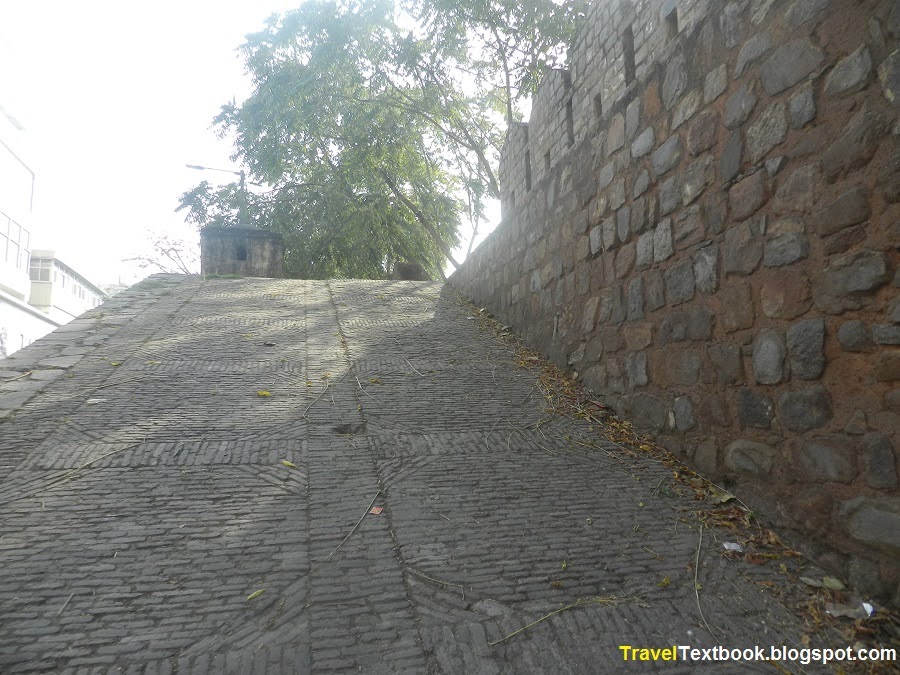
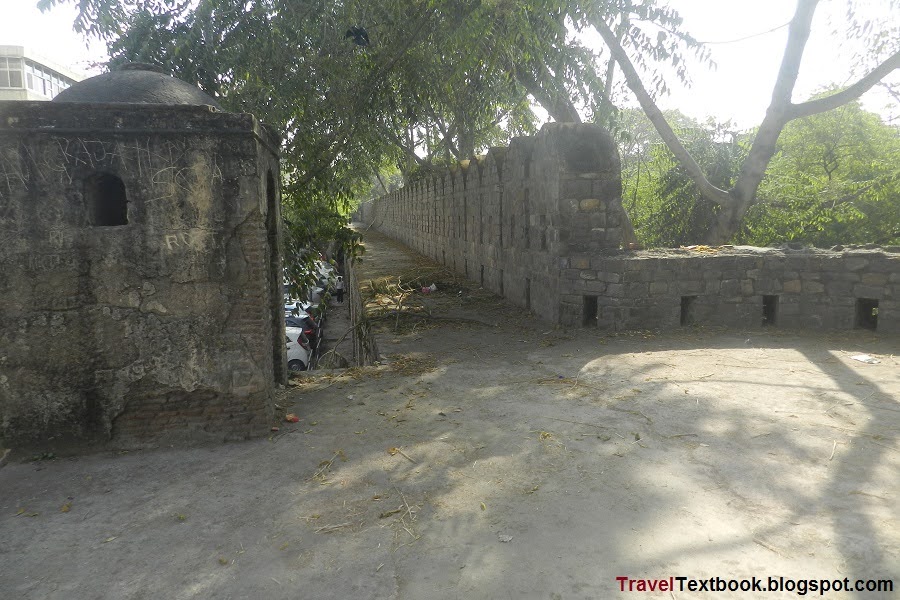
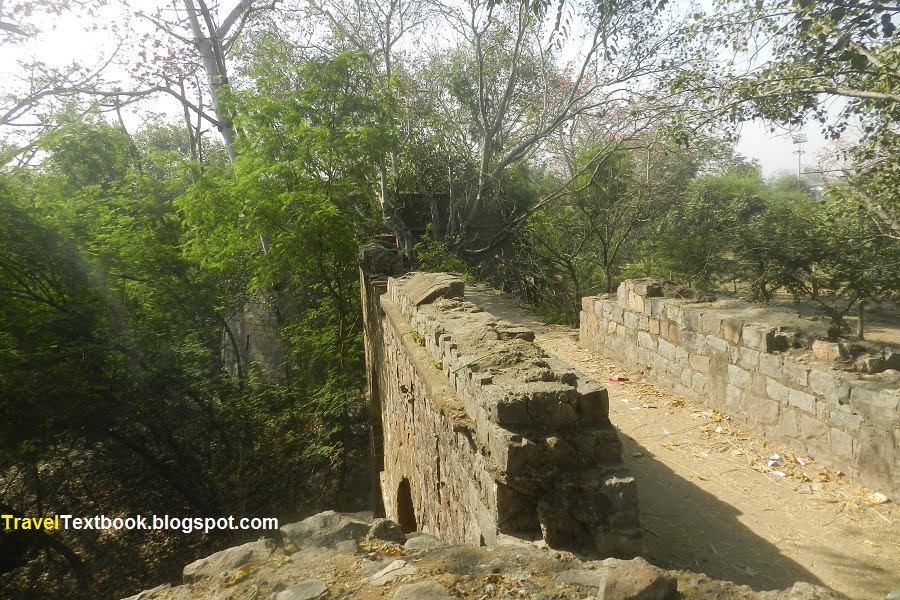
The Martello Tower is a part of the British additions in the early 19th century. During the Napoleonic wars, the British army had seen a small circular fortification at Mortella Point on the coast of Corsica, which proved to be an effective defense.

Visiting Time: Anytime.
Entry Fee: It is on the road, so free.
Photography: Allowed.
How to go: It is located about 120 meters from Delhi Gate towards east. The wall about 360 meters long till Municipal Corporation of Delhi Uban Primary Health Center Daryaganj.
National Gandhi Museum and Library
Museum
Main entry gates of the museum premises are north site and east side. After entering the premises I saw a statue commemorating the 1930 Dundee March or Salt March, depicting Gandhi and his followers in peaceful protest.
The museum is opposite of the statue.
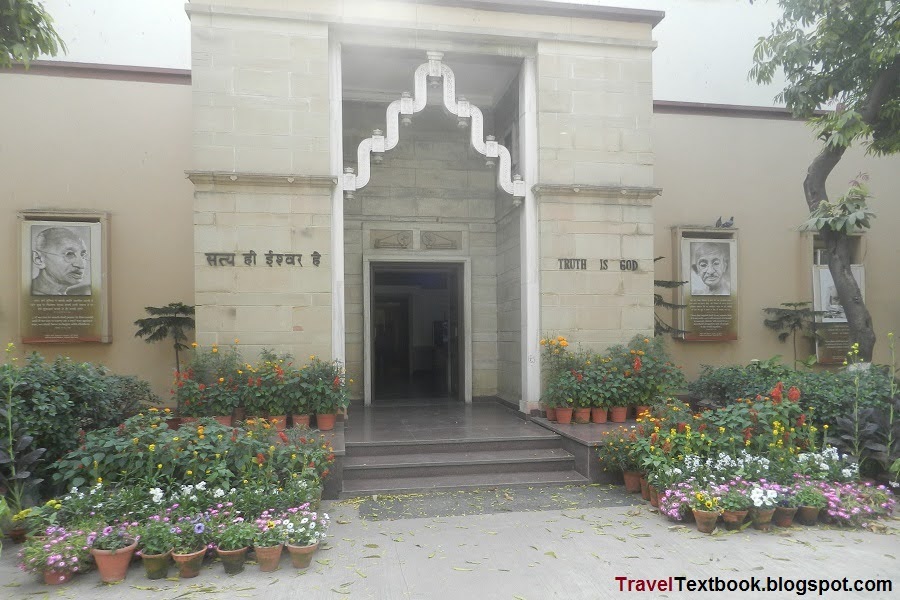
I reached a room, on entering the museum I saw the statue of Mahatma Gandhi on the left. Another entrance door in front, and next to the door is a TV showing about Gandhi. On the right is the exhibition hall.


I entered the exhibition hall.

I left the exhibition hall and entered the front door. Here are the stairs ahead and the library to my left.
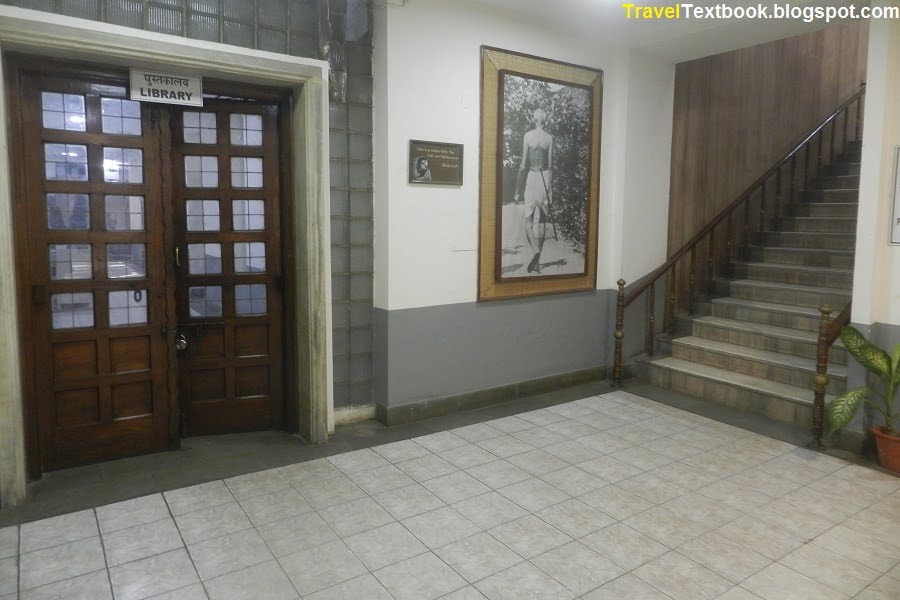
The exit and souvenir shop to my right.
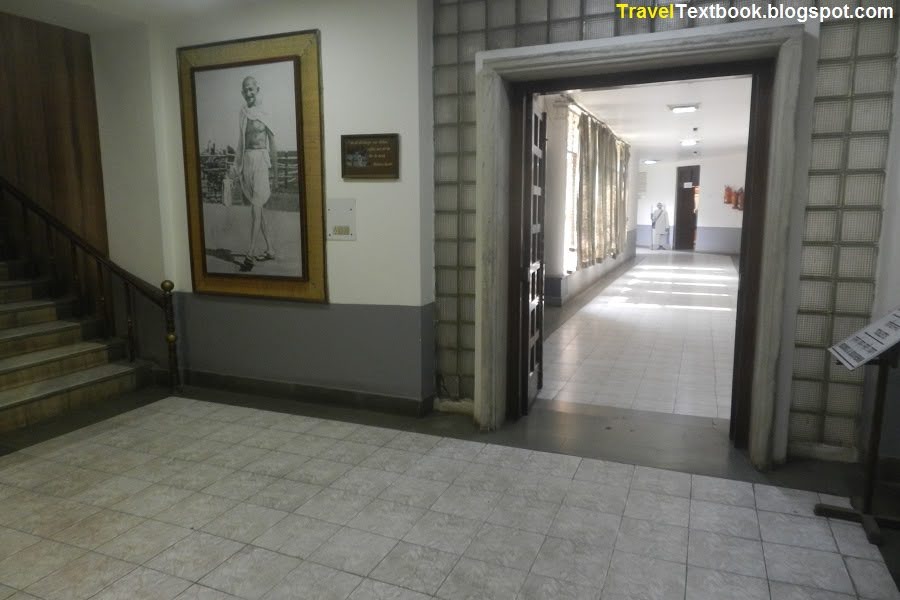
I entered the library. Photography is not allowed here.

I left the library and used the stairs to go to the 2nd floor.



I entered the Charkha (Spinning Wheel) Museum on the left.
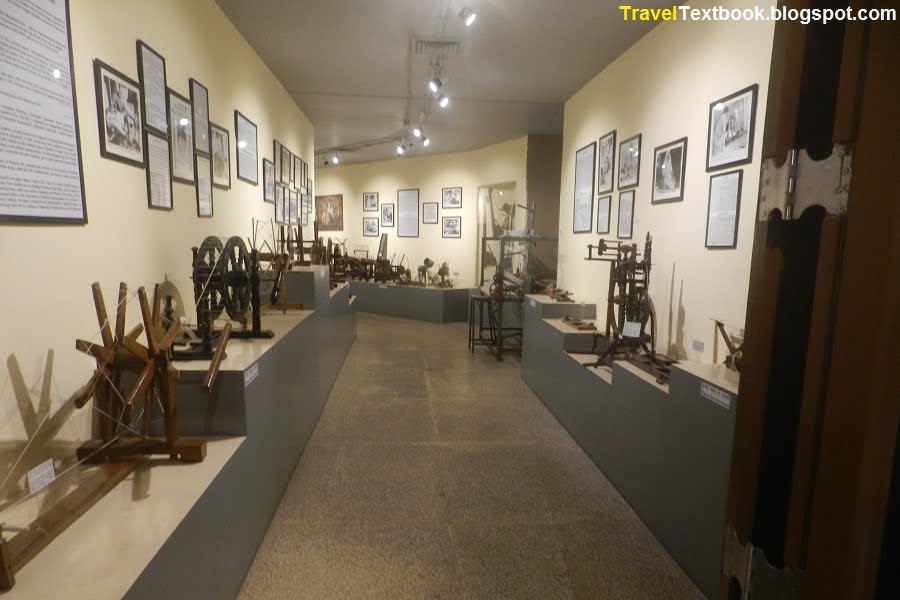

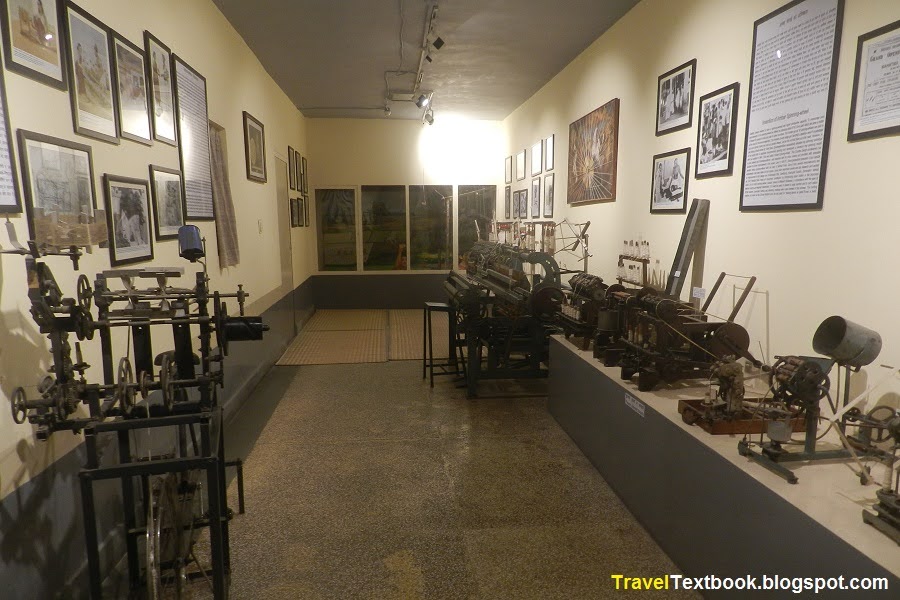
The history of the spinning wheel is disputed. According to Arnold Pacey and Irfan Habib, there is evidence that the wheel was known in the Islamic world by 1030, and the first clear depiction of a spinning wheel comes from Baghdad, painted in 1237. According to Dieter Kuhn and Weiji Cheng, widespread use of the spinning wheel began in China by 1090, with the earliest clear Chinese depiction of the device dating back to 1270. According to K. A. Nilakanta Sastri and Vijaya Ramaswamy, there is a clear reference to the use of a charka (with a description of its parts) by the Kannada poet Remmavve in 12th century India.
But that is not our concern. We can find out what was Gandhi's role in spinning wheel (Charka).
During the rule of the East India Company, the British used to send raw cotton from India to England and return the finished goods to India to sell at high prices, thus Indian farmers and common people suffered huge losses and poverty.
Mahatma Gandhi started the swadeshi movement with the spinning wheel and encouraged Indians to cut their own cloth. The Charka became a symbol of self-sufficiency and independence, so much so that the first Indian flag designed had the Charkha in the middle which was later replaced by the Ashok Chakra. The history of Indian spinning art has come a long way since the Charkha, but it still remains a symbol of faith, resilience, self-sufficiency and sacrifice in the heart of every Indian.
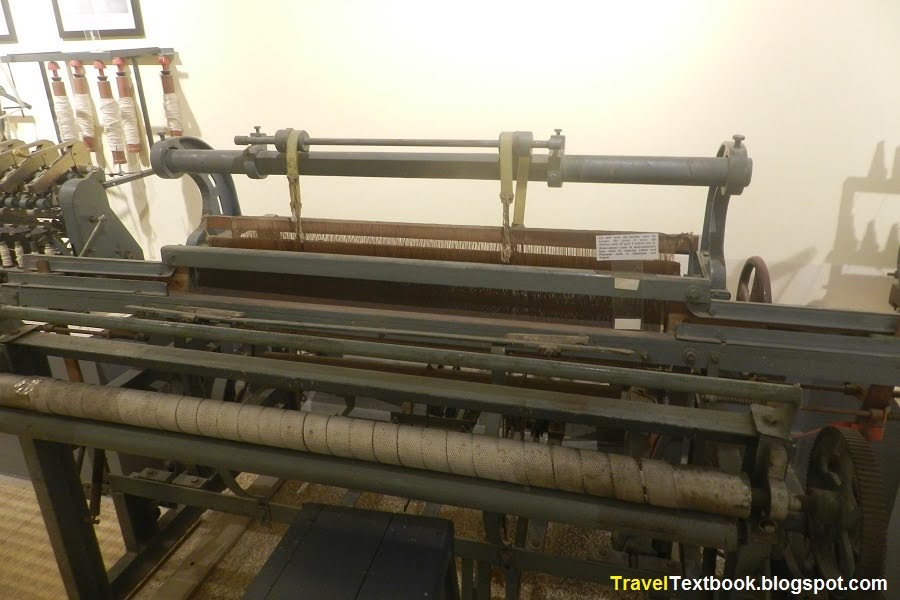


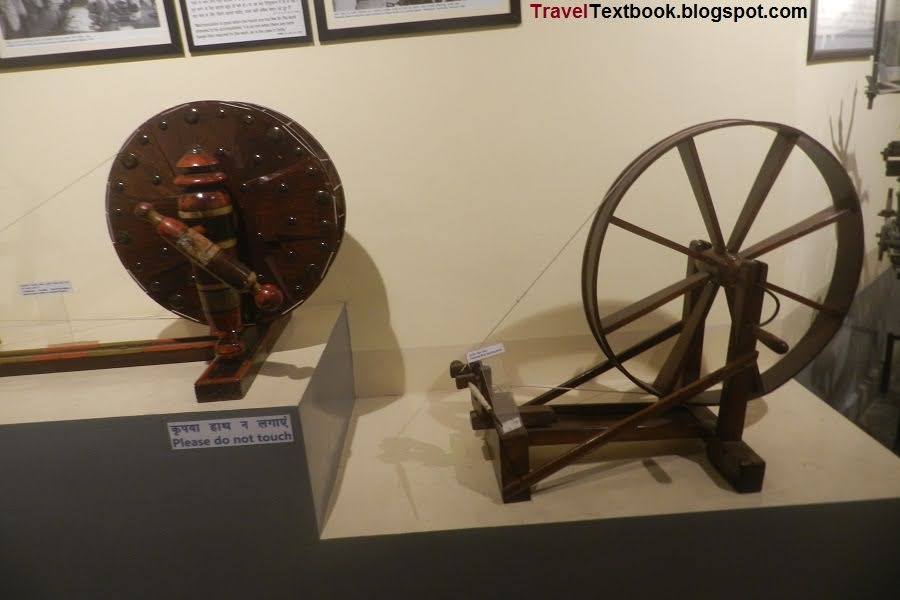
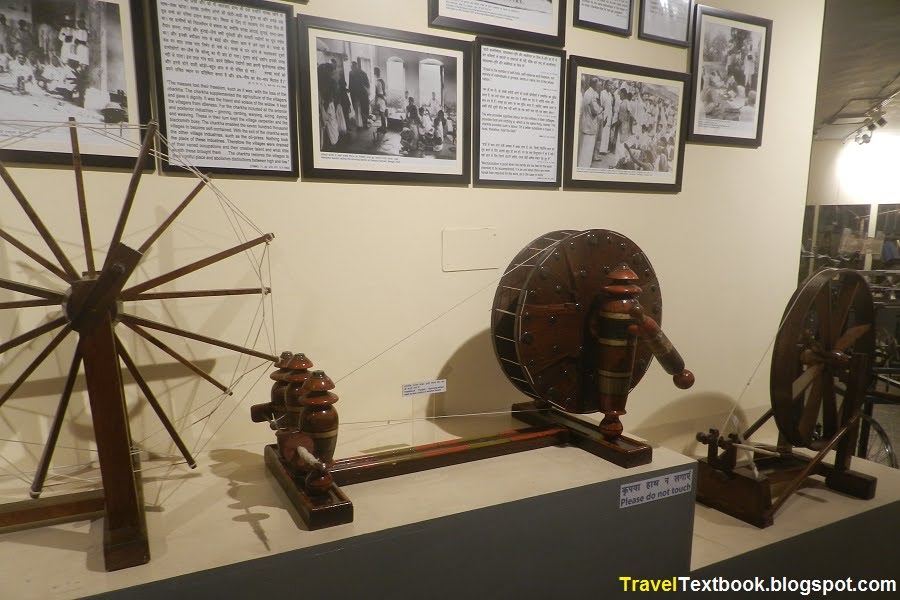

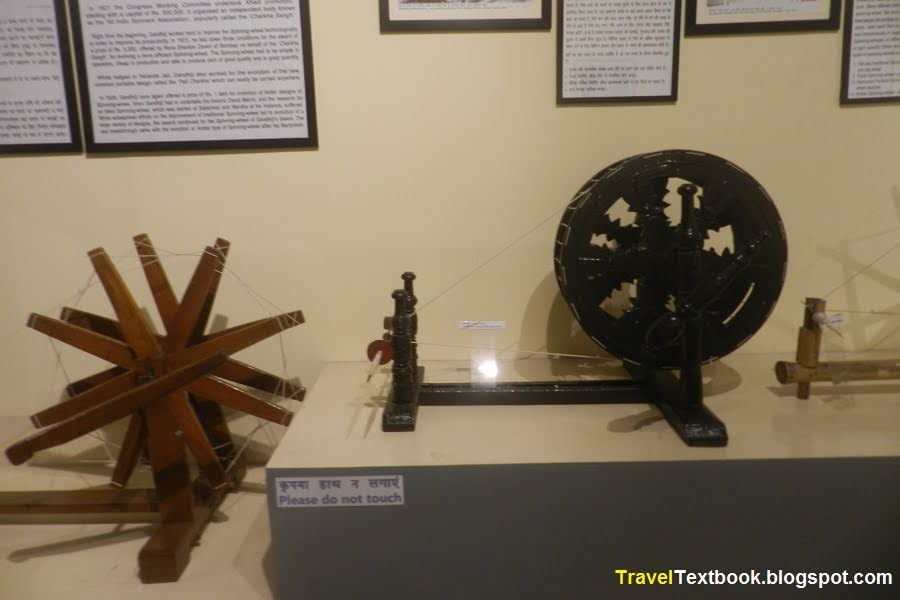

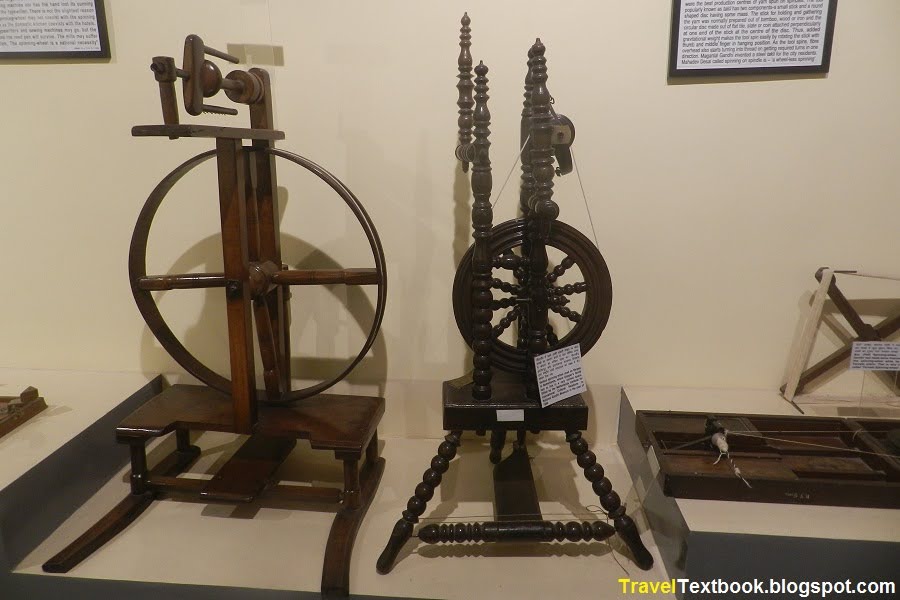
I left the charka room and entered the next door.

There are two exhibition rooms on either side of this room. I entered in the left. AT the end of the room, there is a replica of Gandhi's working room.
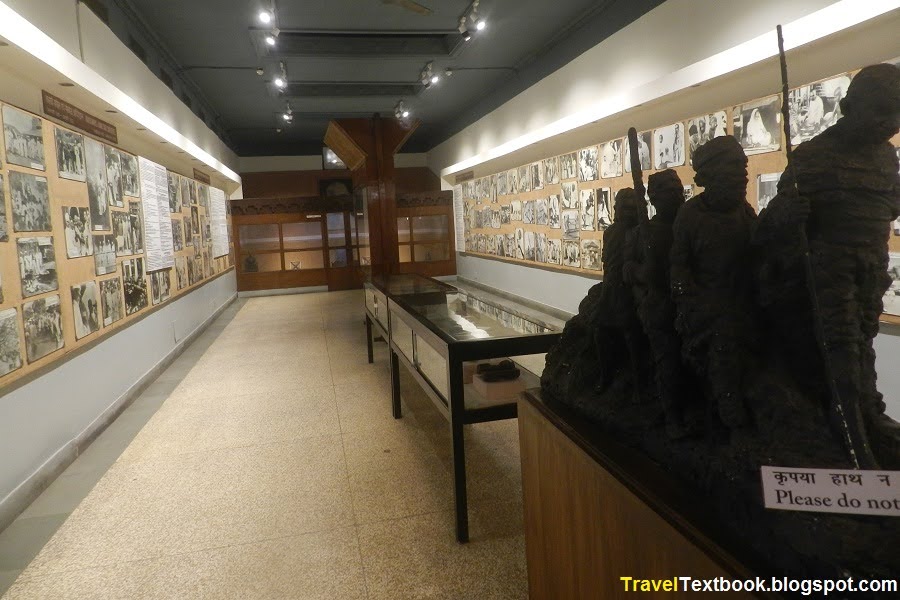
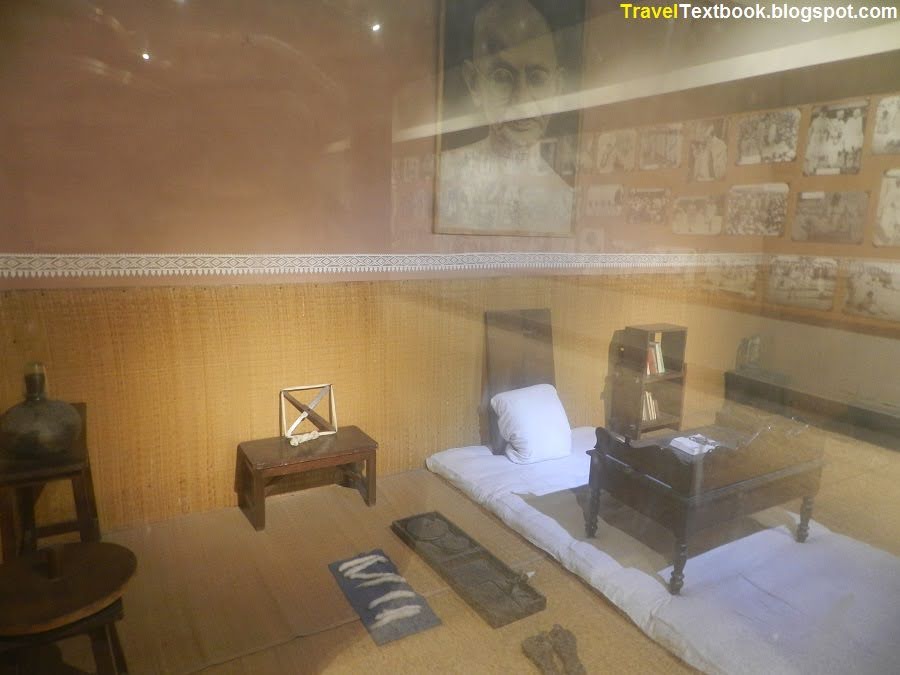
Then I entered in the right side gallery.
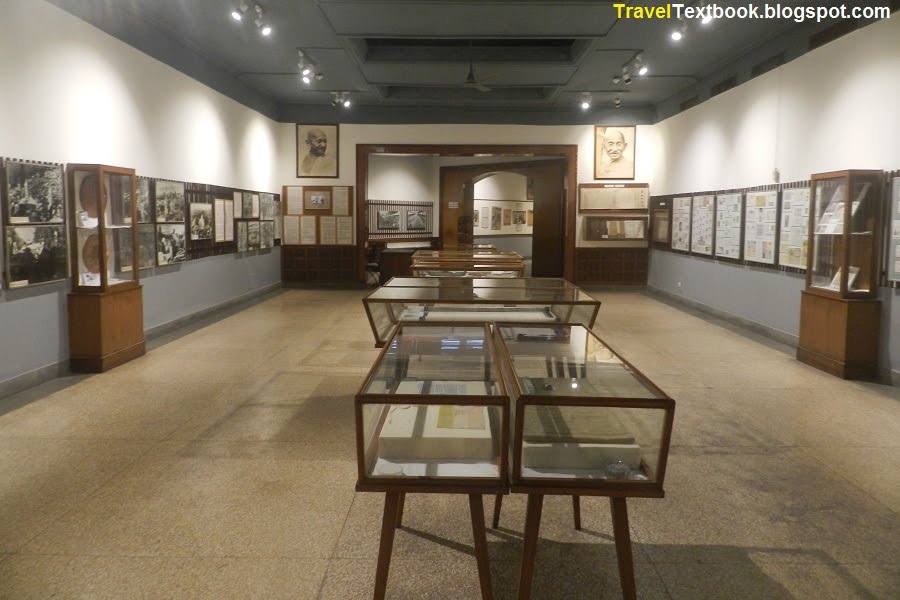
There is another room at the end.
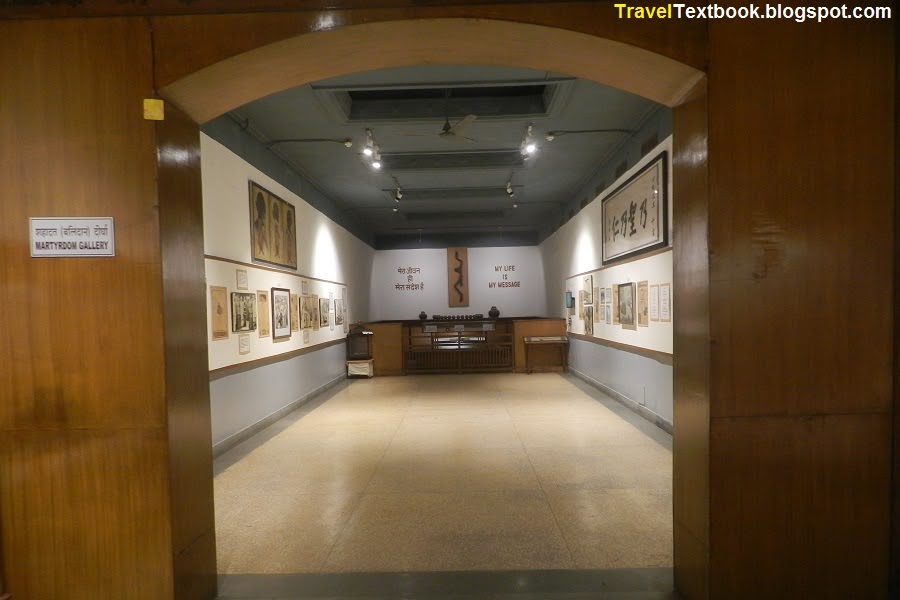
Inside the door of this gallery is a long narrow passage.
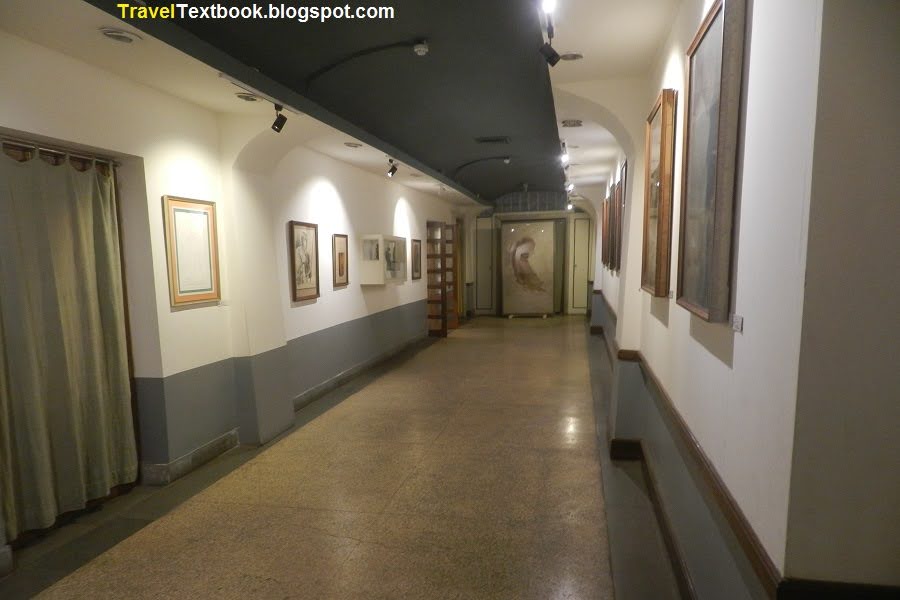

There is another room on the right side of the passage.
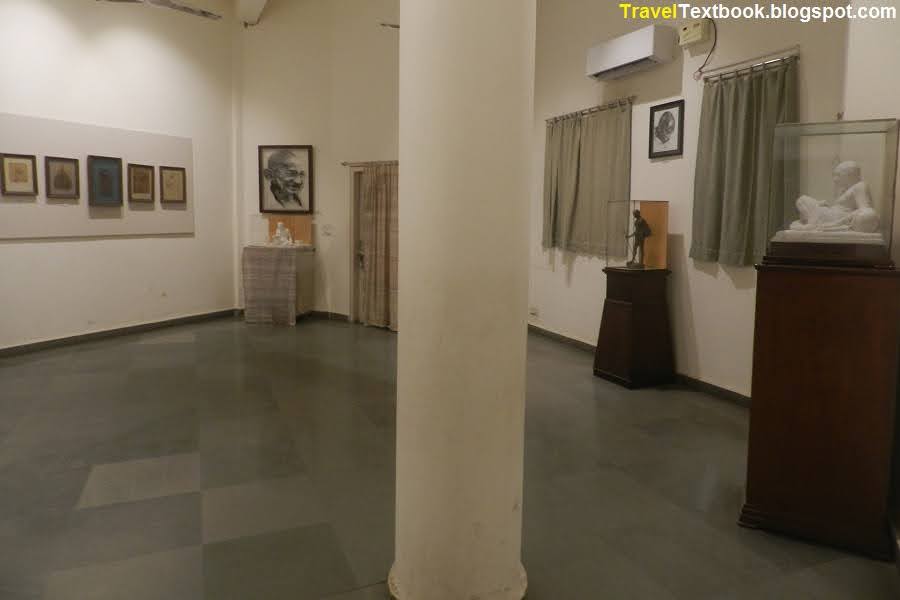
Then I come out and go down the stairs. I turned left and entered the door (the door I saw on my right, opposite the library).
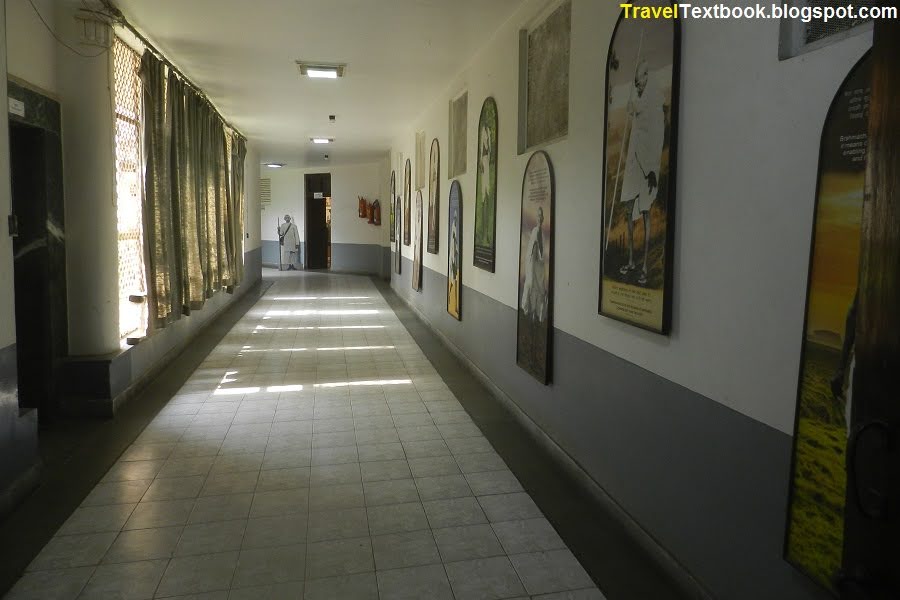
There is a children's gallery that you will see on your right, as you walk to the end and turn left. There is a book and souvenir shop at the end.

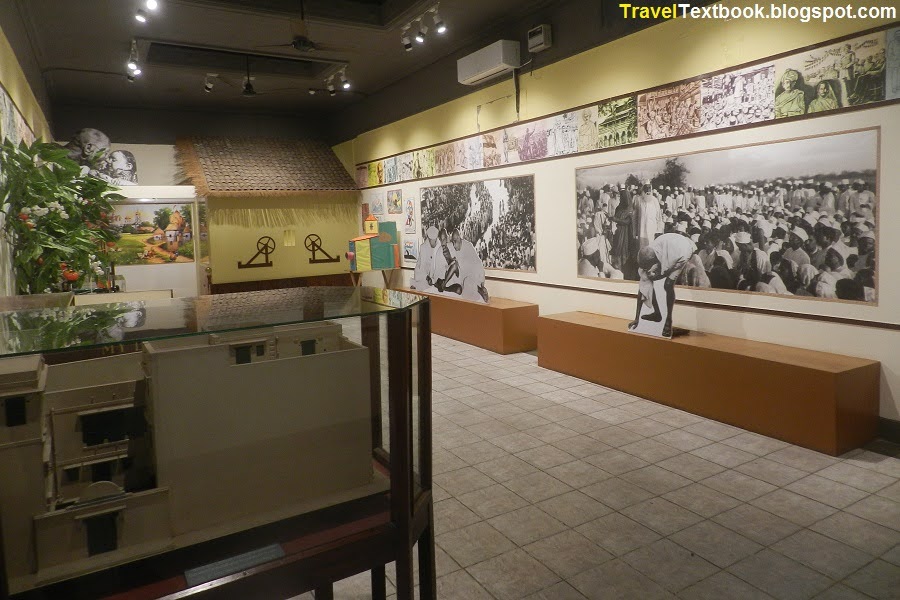
There is an exit gate on the right side of the bookstore. I came out of the museum. And I saw a Gandhi statue.

Visiting Time: Tuesday to Sunday - 10 AM to 5 PM. Monday remains closed.
Entry Fee: Free.
Photography: Allowed.
How to go: Walk north from the east end of the Daryaganj City Wall and cross the field by turning right. You will see Memorial Park "Samta Sthal" on the right but you continue straight on the main road. On the opposite site, you will see the Raj Ghat. Turn right (south) and walk. Cross the road, and the museum is in front of you. Walk west to reach the museum gate.
Now I will visit a series of memorial parks which are situated from north to south in a same complex. Such as (from north) Vijay Ghat, Shanti Van, Shakti Sthal, Veer Bhumi, Kisan Ghat, Sangharsh Sthal, and Raj Ghat (south end). More than 2 km long complex have exit gate for each park at the west side, but you have to enter through Raj Ghat (south and west gate).
Raj Ghat
Memorial Parks
Raj Ghat is the entry point of the series of memorial parks. Raj Ghat can be entered through the west and south side gates. If you enter through the west gate, you will directly enter Raj Ghat. I entered through the south gate. After security checking I started walking towards north. There is a road on the first right (east side), which is the beginning of Kisan Ghat.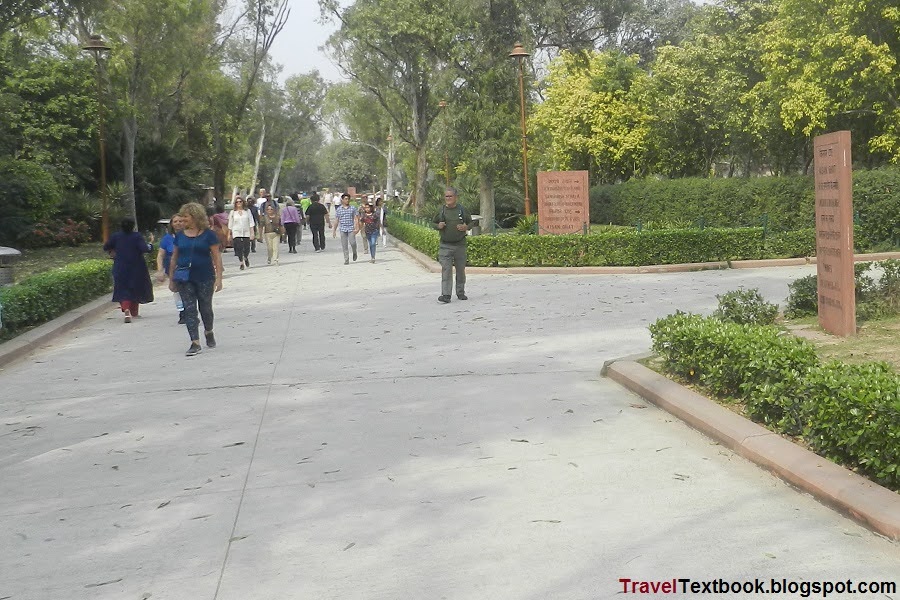
Visiting Time: April to September - 5 AM to 7:30 PM. October to March - 5:30 AM to 7 PM.
Entry Fee: Free.
Photography: Allowed.
How to go: It is located northeast of National Gandhi Museum and Library. About 820 meters from Delhi gate metro station towards east.
Kisan Ghat:
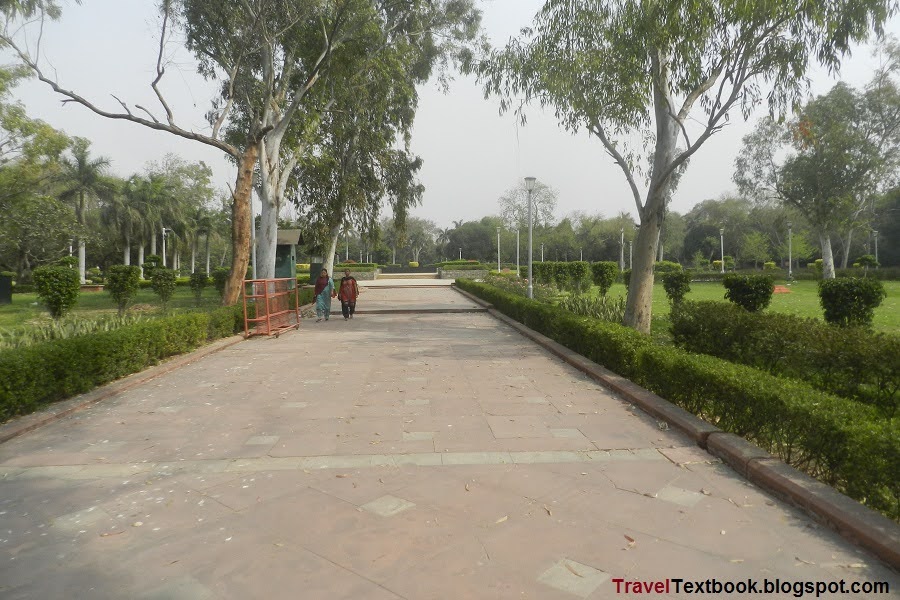
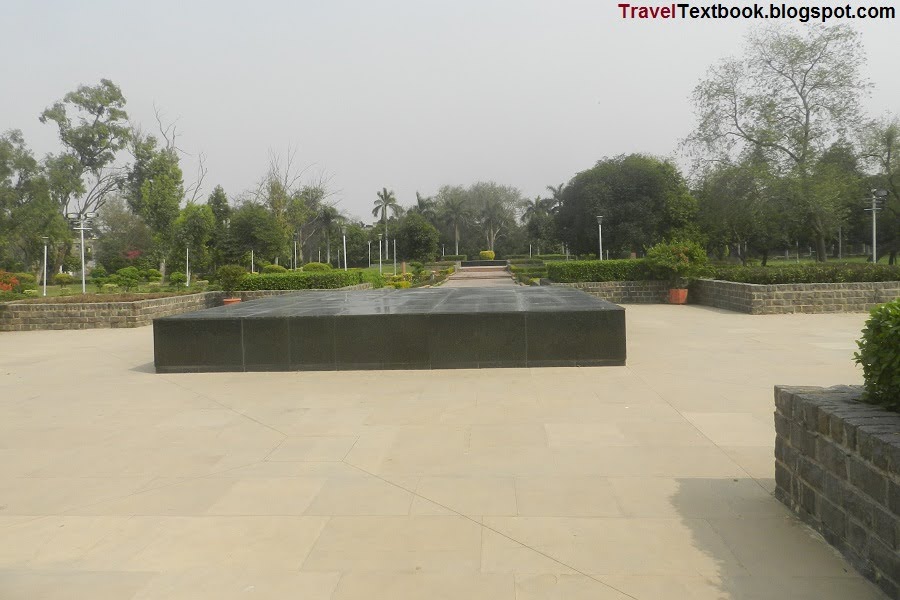
It is memorial of Chaudhary Charan Singh, the 5th Prime Minister of India, between 28 July 1979 to 14 January 1980.
Sangharsh Sthal:
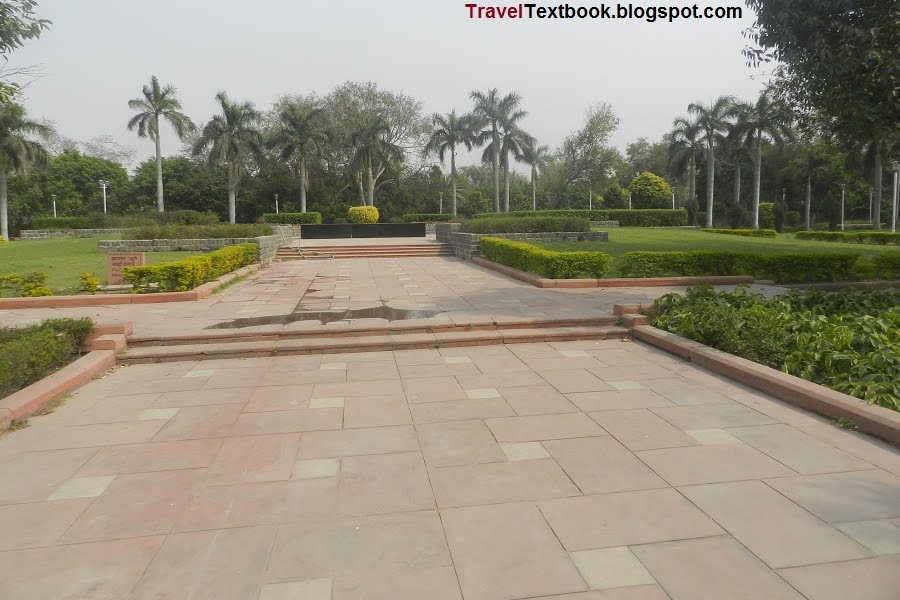
It is located east of Kisan Ghat. Memorial of Chaudhary Devi Lal, the 6th Deputy Prime Minister of India from 1989 to 1991 in the governments of V. P. Singh and Chandra Shekhar.
Raj Ghat:
I came to the point from where I entered Kishan Ghat on the right. From that place I proceeded straight (north) and saw a drinking water tank on my left side. You can drink and refill your empty bottle for future use.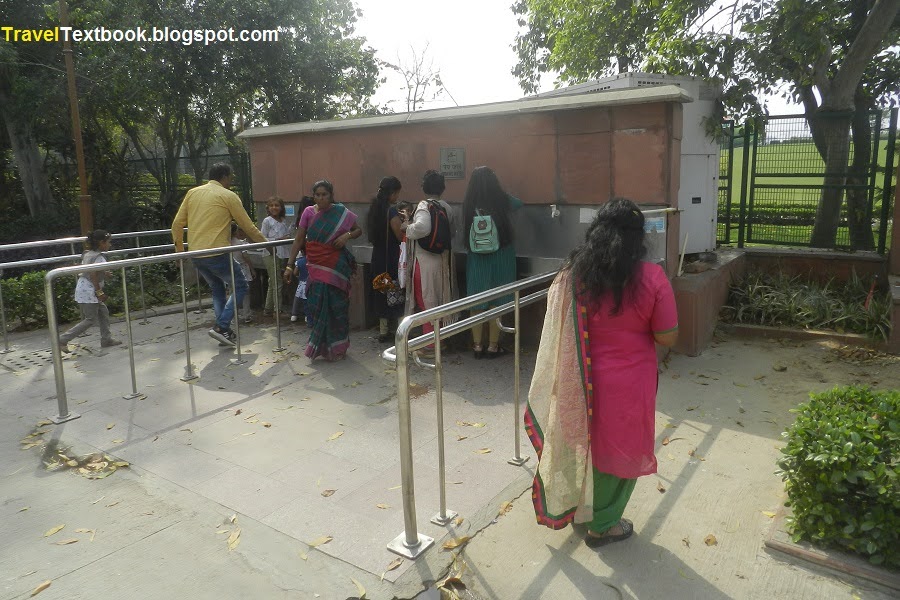
After the drinking water the East Gate of Raj Ghat on my left (West).

Raj Ghat is a memorial dedicated to Mahatma Gandhi (2 October 1869 – 30 January 1948), an Indian lawyer, anti-colonial nationalist and political ethicist who employed nonviolent resistance to lead the successful campaign for India's independence from British rule, and to later inspire movements for civil rights and freedom across the world.
The memorial is surrounded by walls. There are entrances on each side. But you can enter the memorial through east and west side.

You can also reach the top of the wall via ramps on each side and view the memorial from 4 sides.
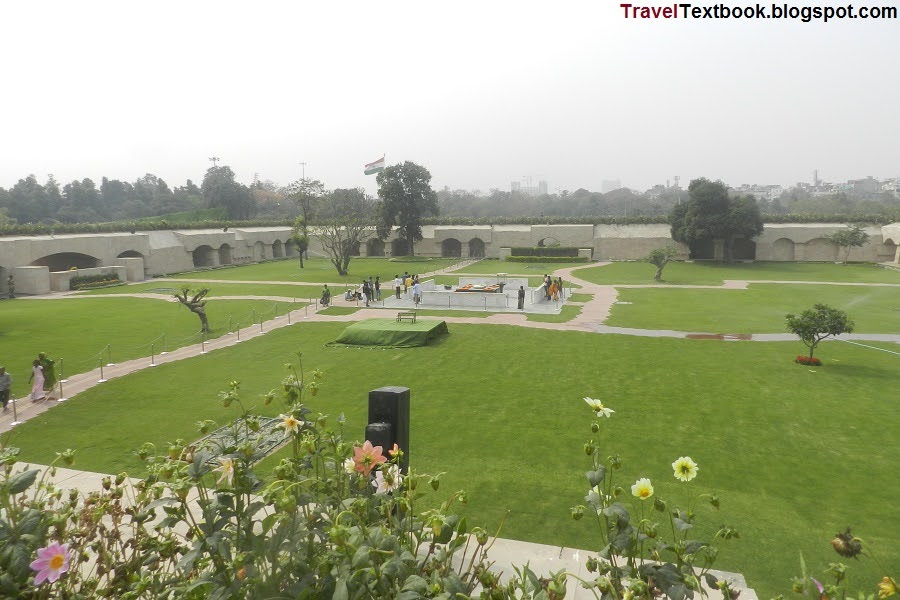
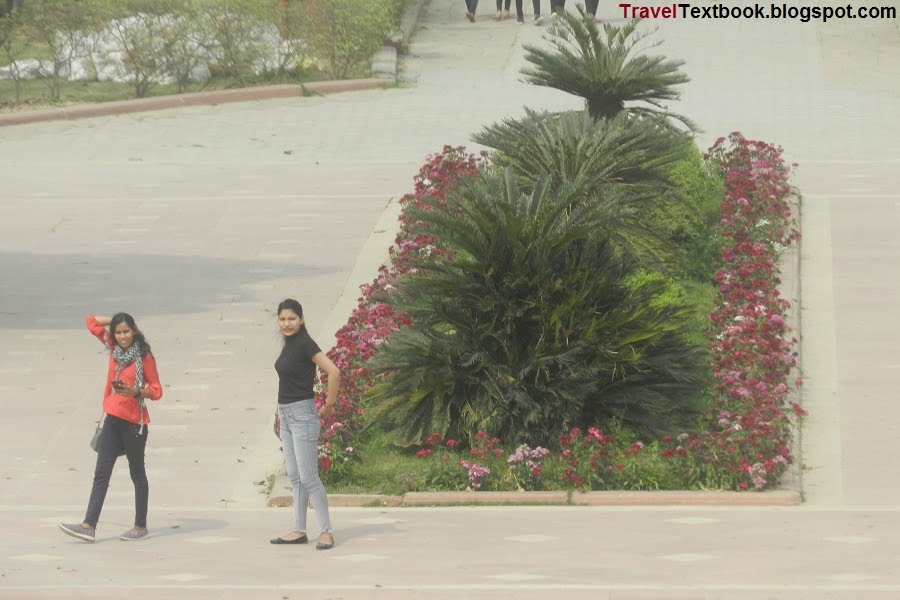
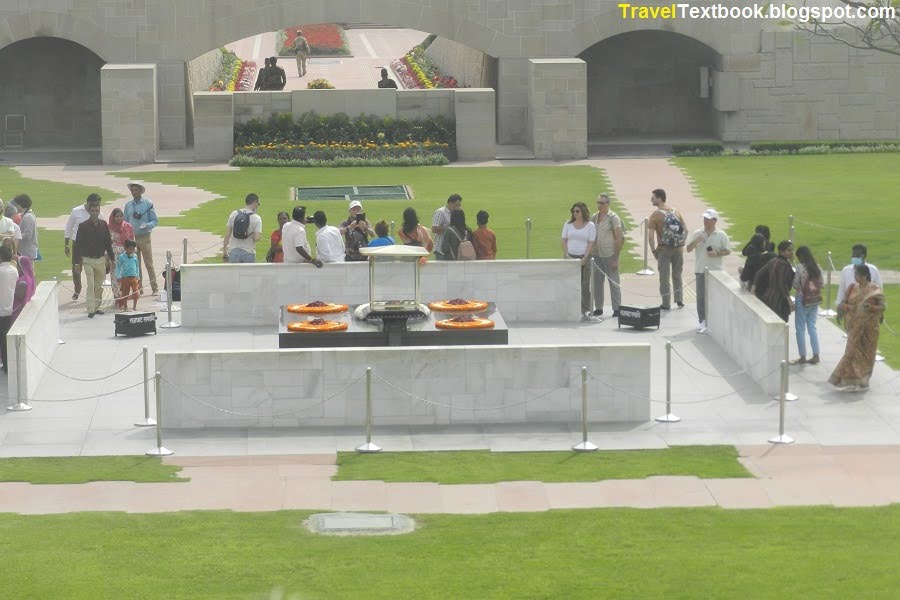
Veer Bhumi:
I exited the east gate of Rajghat and saw a sign.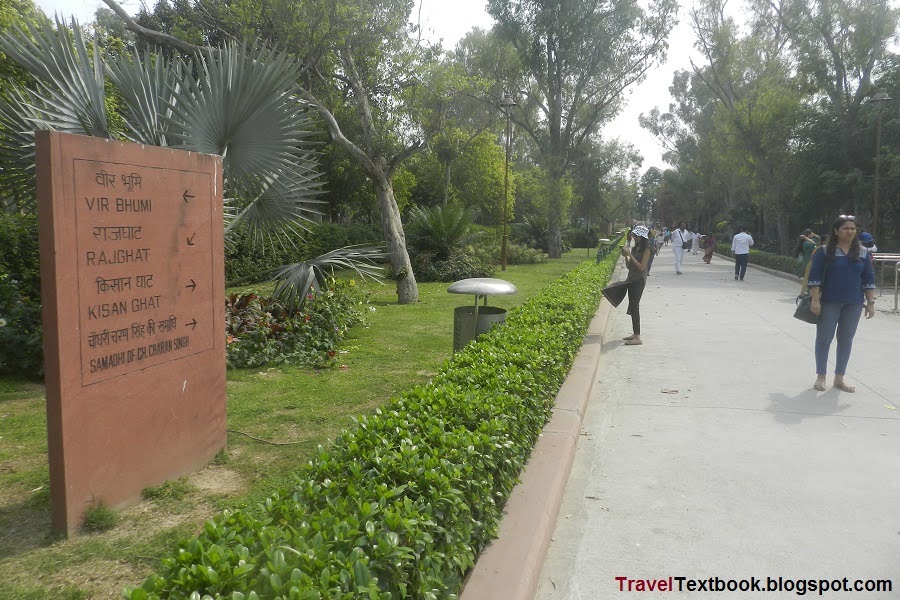
I started walking to the left (north). At the end I saw a marked text “Veer Bhumi”. Means the beginning of the Veer Bhumi. I walked straight, saw a cylinder type house on my left.

Then the road goes left (west) and right (east). I turned left (west) and to the right of the road entrance is an inscription on a marble wall about Rajiv Gandhi.
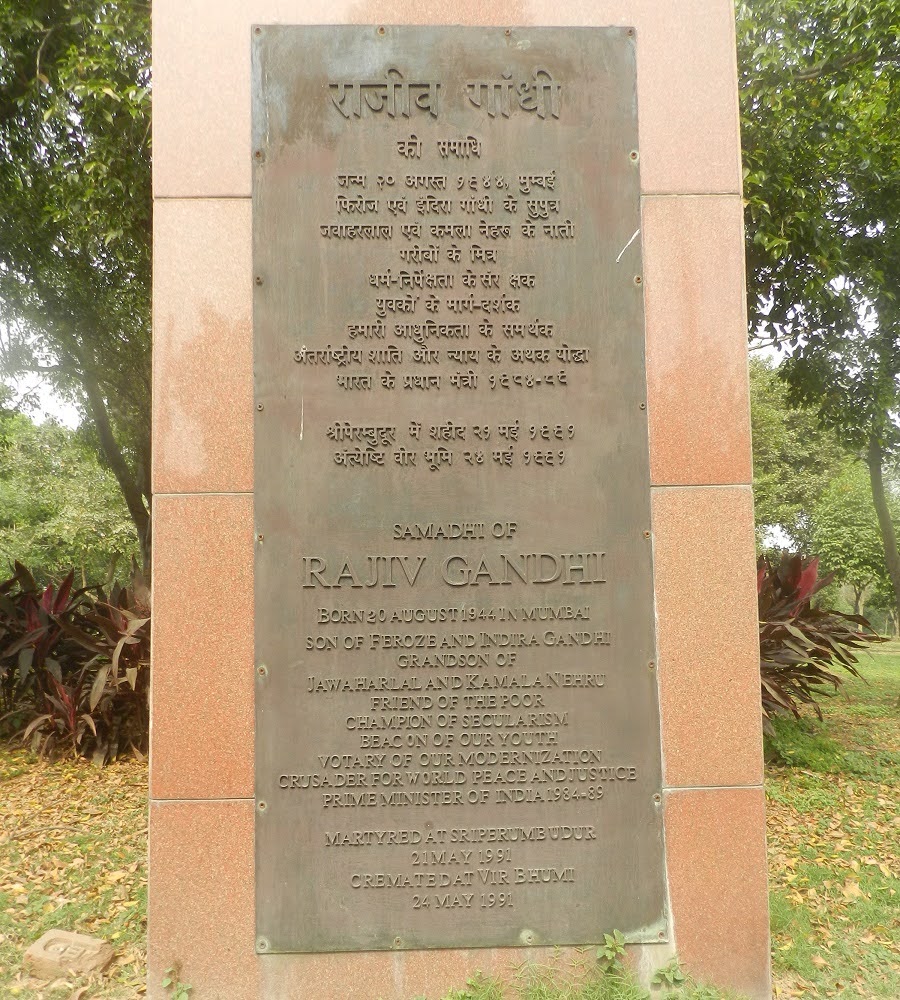
I walked a few 100 meters to reach the Rajiv Gandhi Memorial.
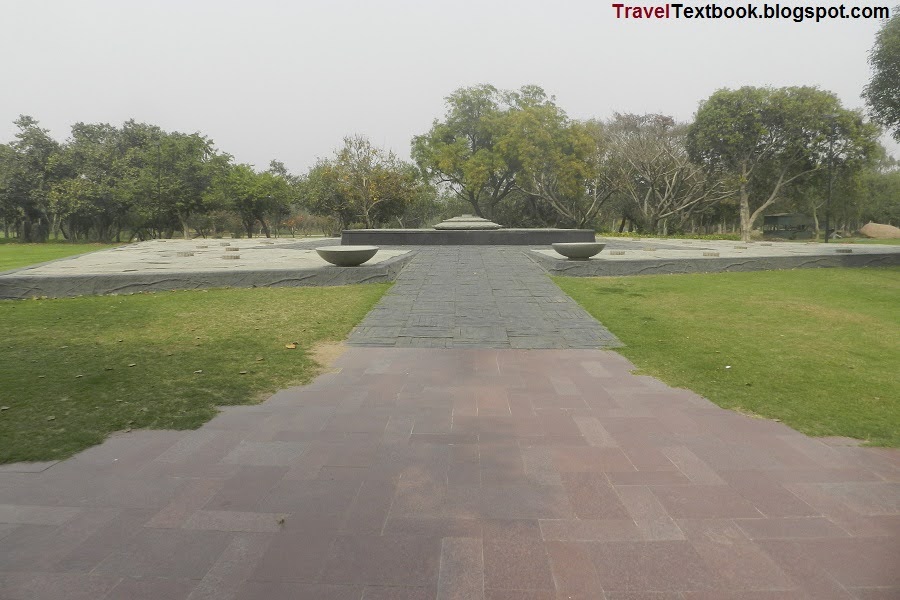
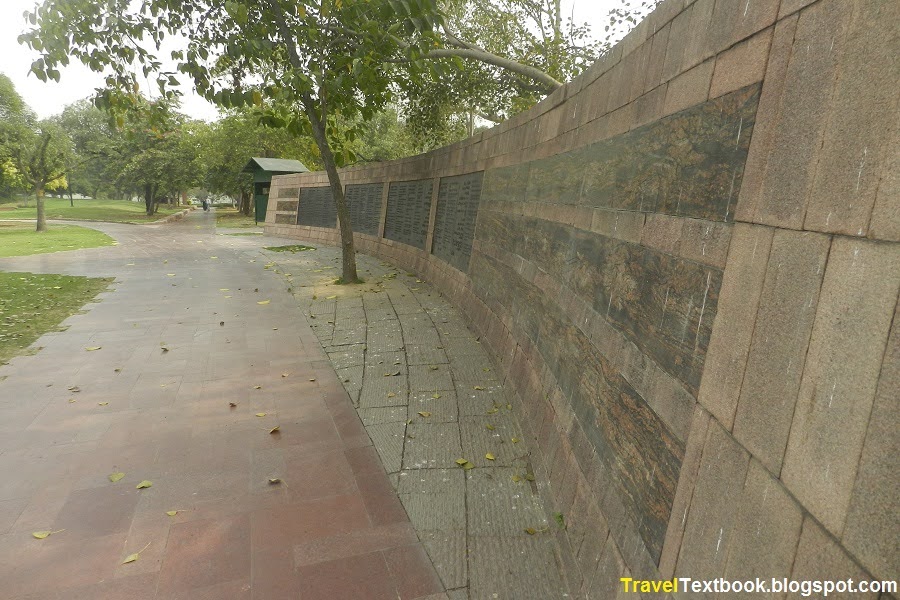
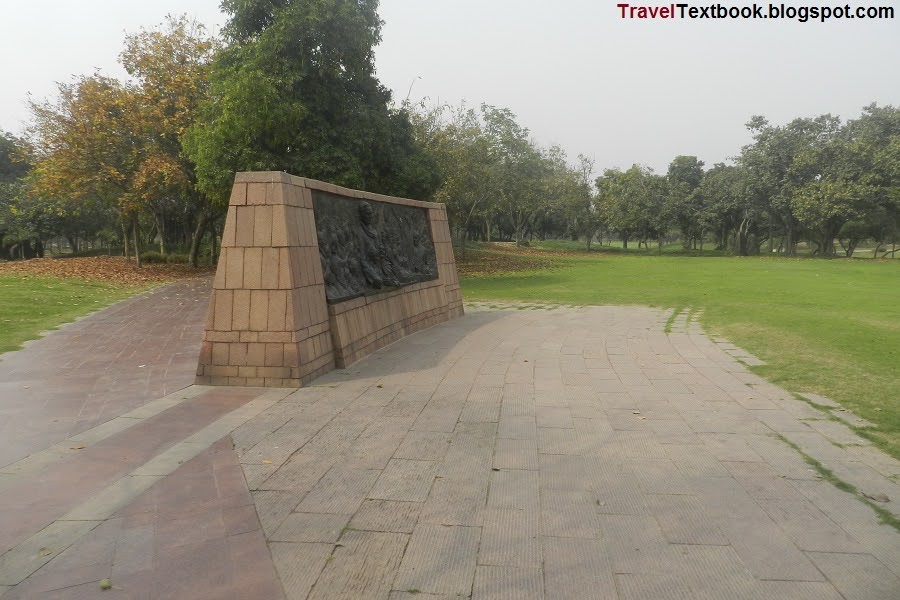
Veer Bhoomi was built in memory of Rajiv Gandhi. Rajiv Gandhi was the sixth Prime Minister of India from 1984 to 1989. He became the youngest Indian Prime Minister at the age of 40 in 1984 after the assassination of his mother, Indira Gandhi.
Shakti Sthal:
Walked west from the Rajiv Gandhi memorial at Veer Bhumi. The place turning to the right (north) is the beginning of the Shakti Sthal. And the left (south) goes towards the Rajghat.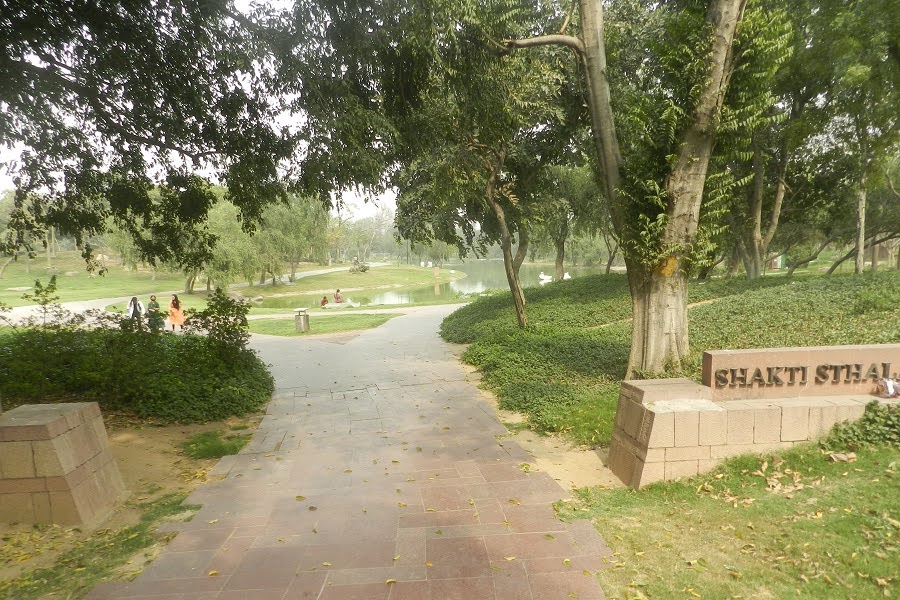
I walked straight (north) and saw a beautiful lake.
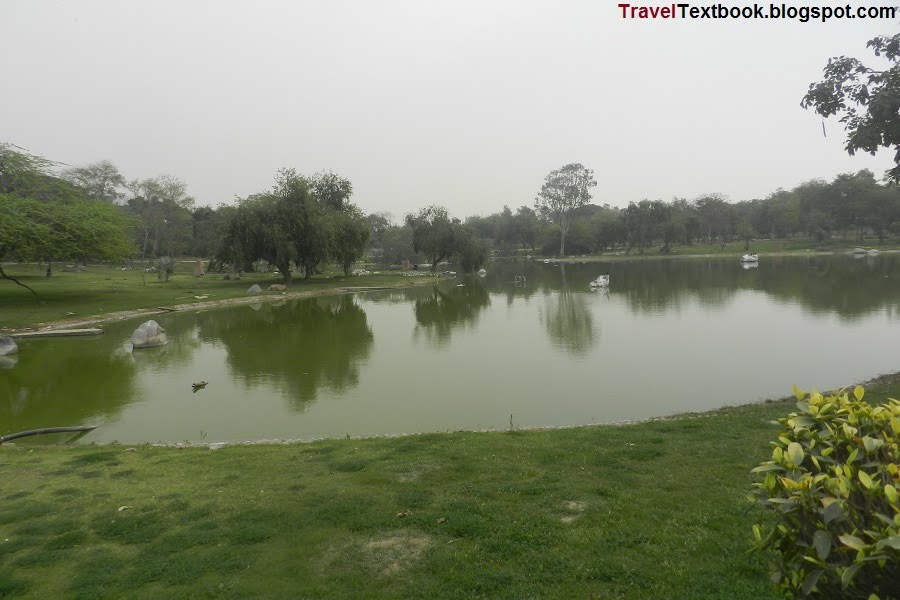
One road goes straight (north) on the left side of the lake and the other goes left (west). I walked to the left (west).

There I saw the memorial of Indira Gandhi on my left. Indira Gandhi was the third prime minister of India from 1966 to 1977 and from 1980 until her assassination in 1984. She was the daughter of Jawaharlal Nehru, and the mother of Rajiv Gandhi.

Then I went to the left side road of the lake and walked straight (north).
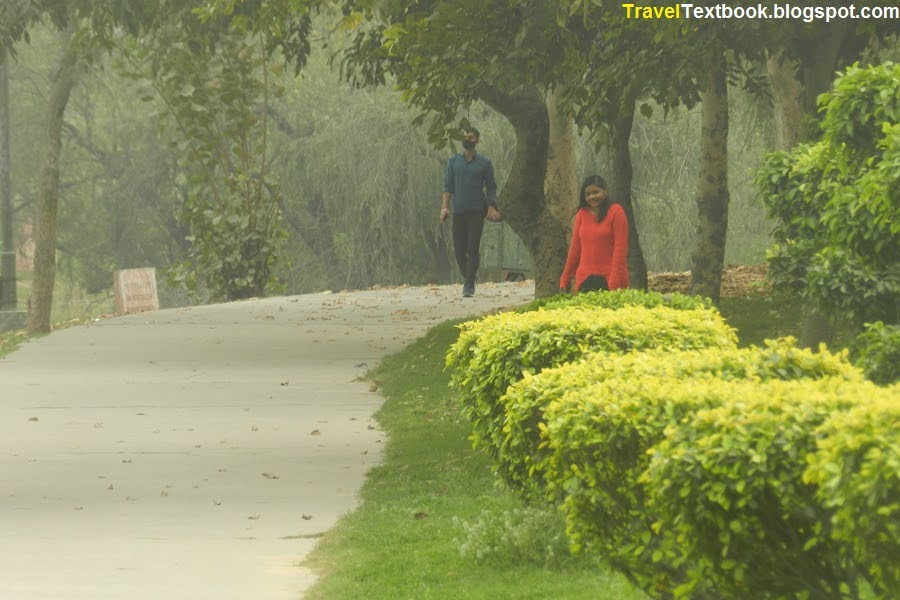
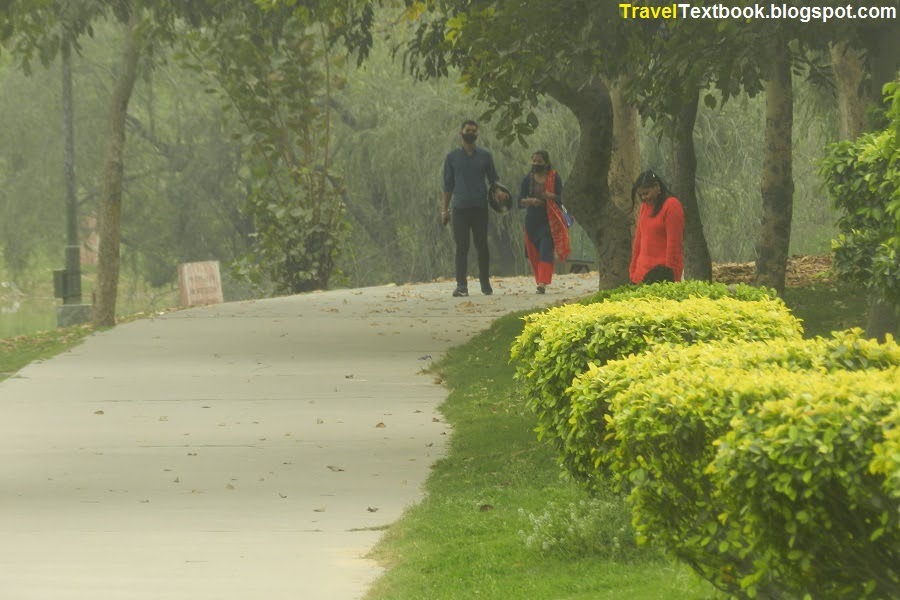
From the northwest corner of the lake, I turned left (west) and walked until the end of Shakti Sthal.
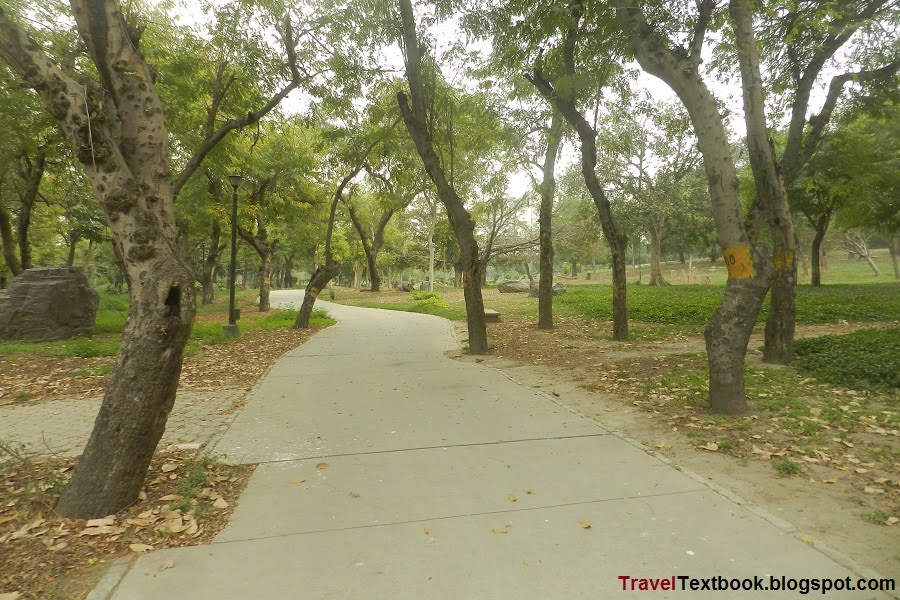
Shanti Van:
After walking from the northern side of Shaktisthal lake to the western end, I saw 3 signs saying 'Shantivan'. That means I'm entering the Shanti Van. But it's a bit confusing, where actually Shantivan starts. The first and second are shown in the picture. Turn right from the first one and you will see the second one.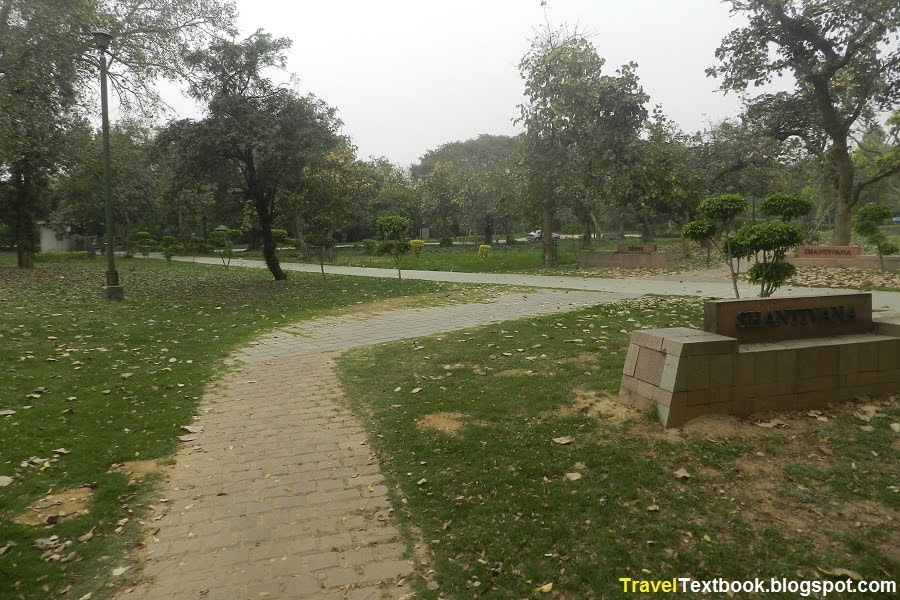

From 2nd one, keep walking straight (north). There is an exit gate on the left (west) and public toilets on the right. Keep walking north, I saw the third sign of Shantivan.

Walked straight towards north, I saw memorial of Jawaharlal Nehru. Jawaharlal Nehru (14 November 1889 – 27 May 1964) was the first Prime Minister of India, serving for 16 years from India's independence in 1947.
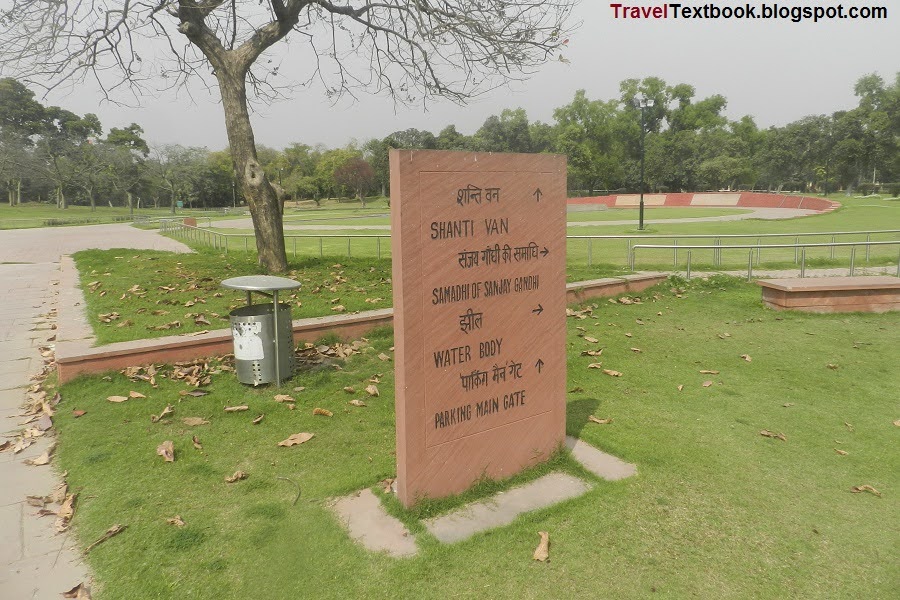

To go behind the Jawaharlal Nehru Memorial, I used the right side road with the railing. The road goes east. The road took a left (north) turn that took me to the Sanjay Gandhi Memorial.
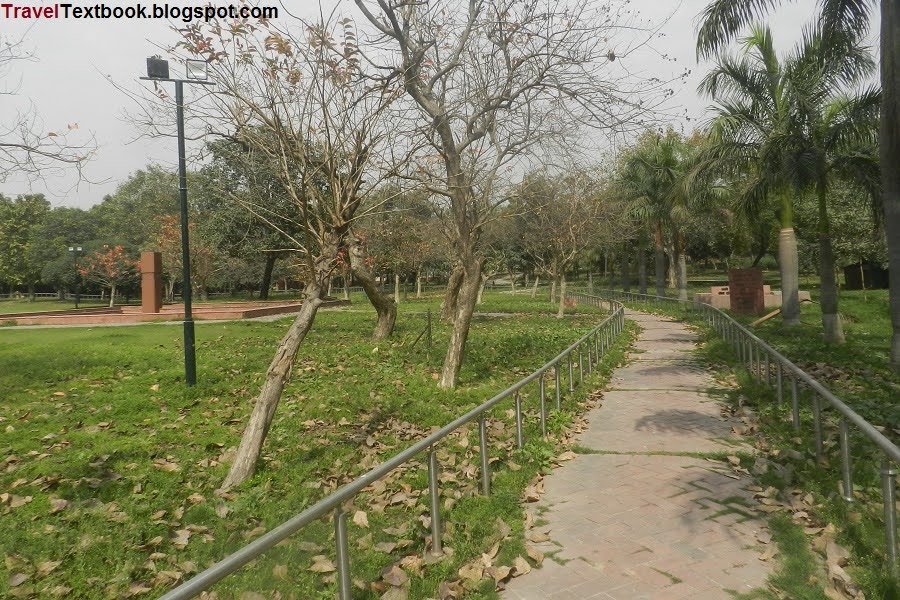
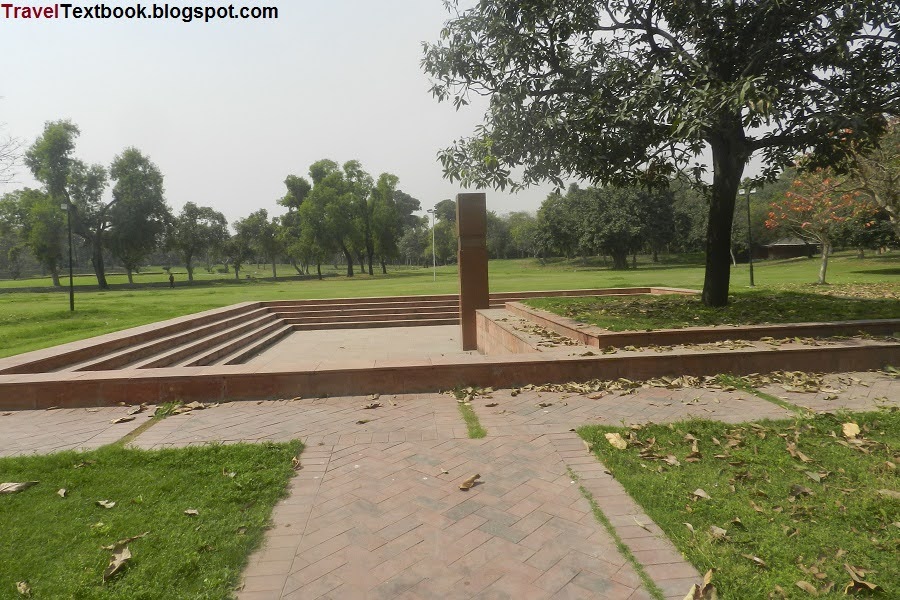
Sanjay Gandhi (14 December 1946 – 23 June 1980), the younger son of Indira Gandhi and was a member of parliament but he died in a plane crash.
Rashtriya Smriti:
From the Sanjay Gandhi Memorial at Shantivan, I started walking north along the Railing Road. The road turned west to the exit, but I went straight north past the army camp.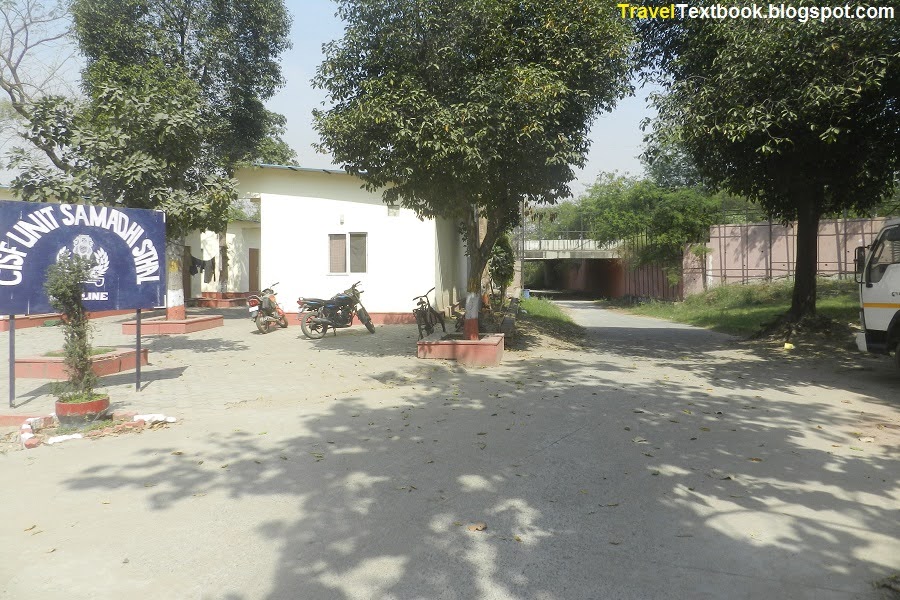
I passed under a concrete shed.

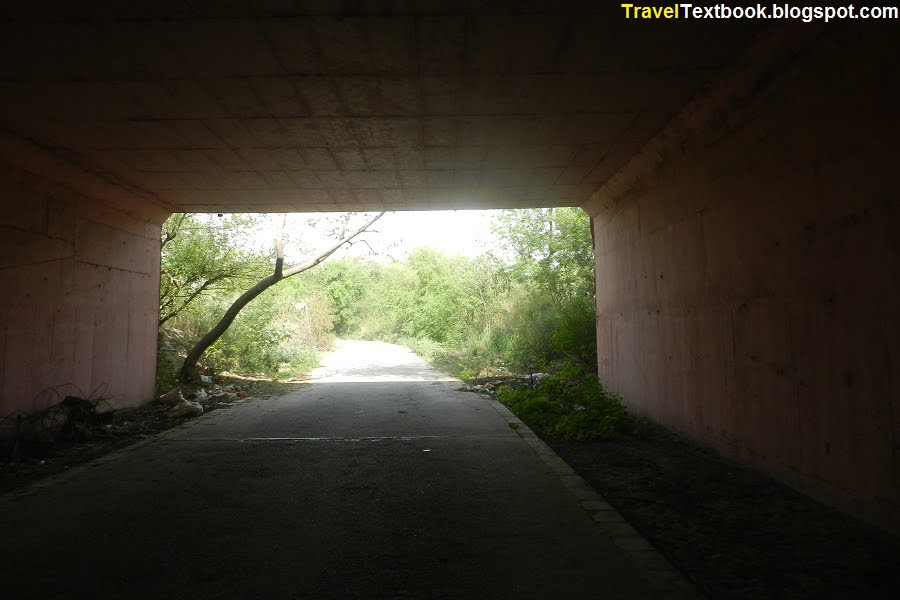
Then I passed under a bridge. The road divides the park into two parts. The bridge is used to connect the parks.
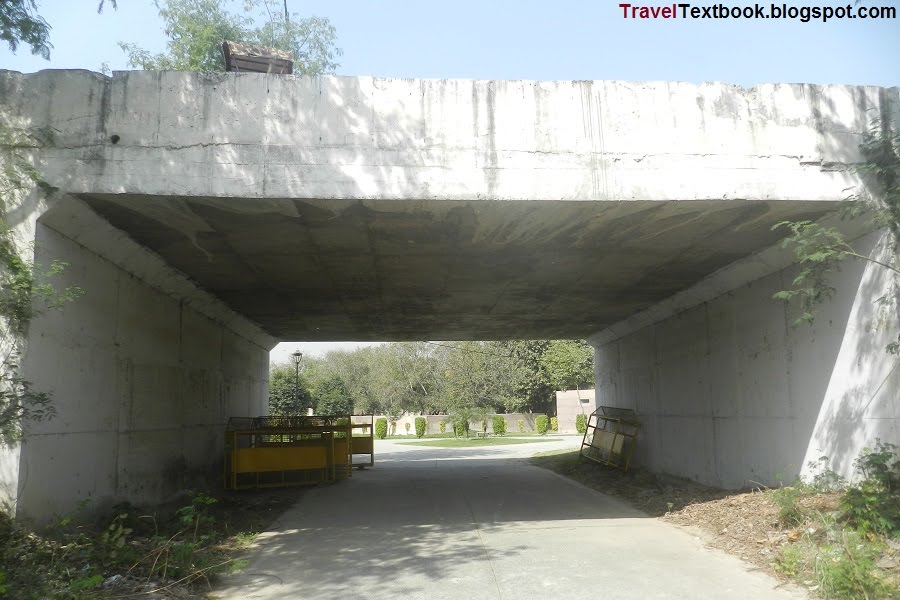
After crossing under the bridge, I saw a park road going straight (west) and another to the right (north). I went straight (west).
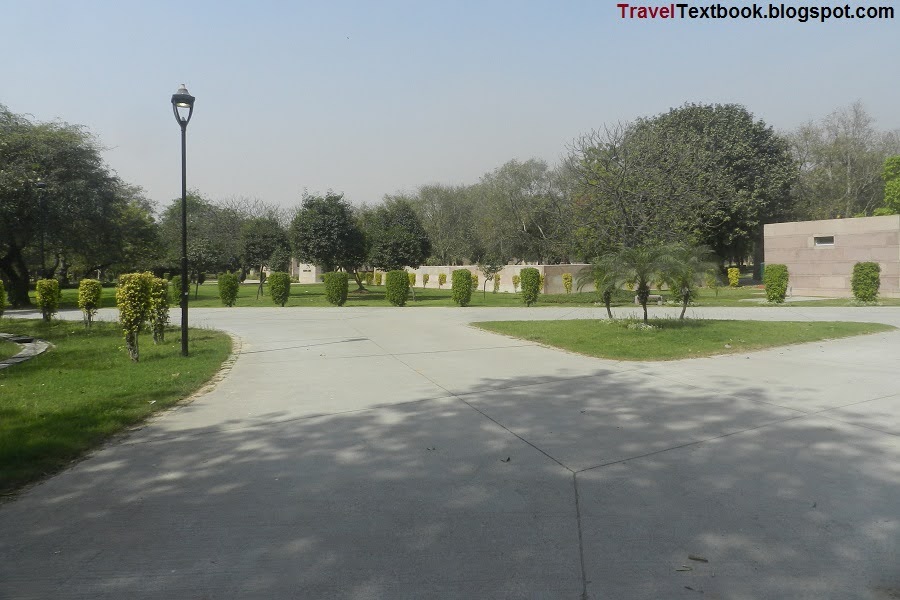
At one point, I saw the entrance to the Rashtriya Smriti on the right (north). So I turned right.

Walking straight (north), I saw a place with a tin shade. This is the place where they were cremated after their death.

Then turned left (west).
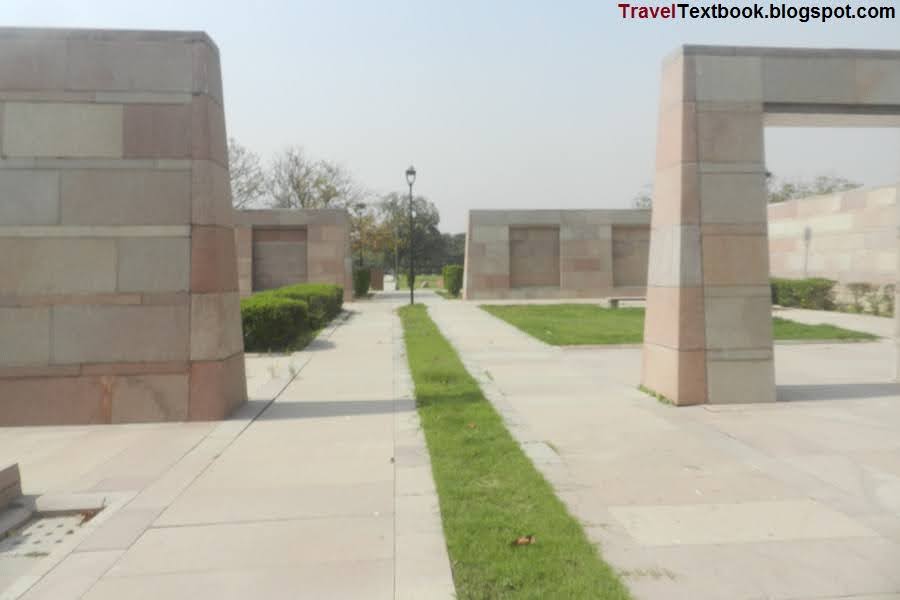
I reached the place where few memorials are located is also called "Karam Bhumi". All memorials are same style. Such as Giani Zail Singh served as the seventh President of India from 1982 to 1987. K R Narayanan served as the tenth President of India from 1997 to 2002. Chandra Shekhar served as the 8th Prime Minister of India, between 10 November 1990 and 21 June 1991. Inder Kumar Gujral served as the 12th Prime Minister of India from April 1997 to March 1998. Pamulaparthi Venkata Narasimha Rao (28 June 1921 – 23 December 2004) was the 9th Prime Minister of India from 1991 to 1996. Ramaswamy Venkataraman served as the eighth President of India from 1987 to 1992. Shanker Dayal Sharma was the ninth President of India, from 1992 to 1997.
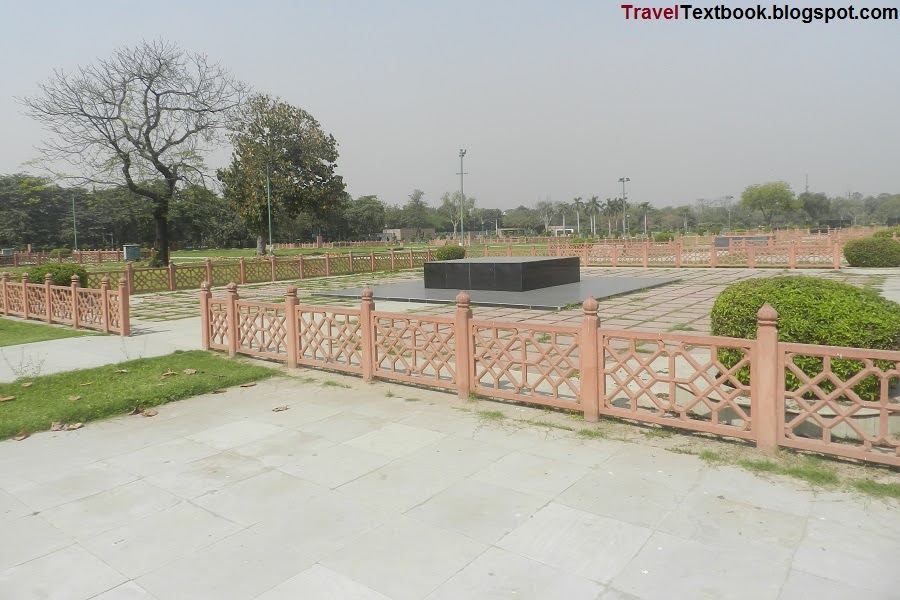
Walked north and saw memorial of Atal Bihari Vajpayee. The Place is also called Vijay Ghat. What a beautifully decorated. Vajpayee was the 10th Prime Minister of India. For 13 days in 1996, then from 1998 to 2004. He died in 16 August 2018.
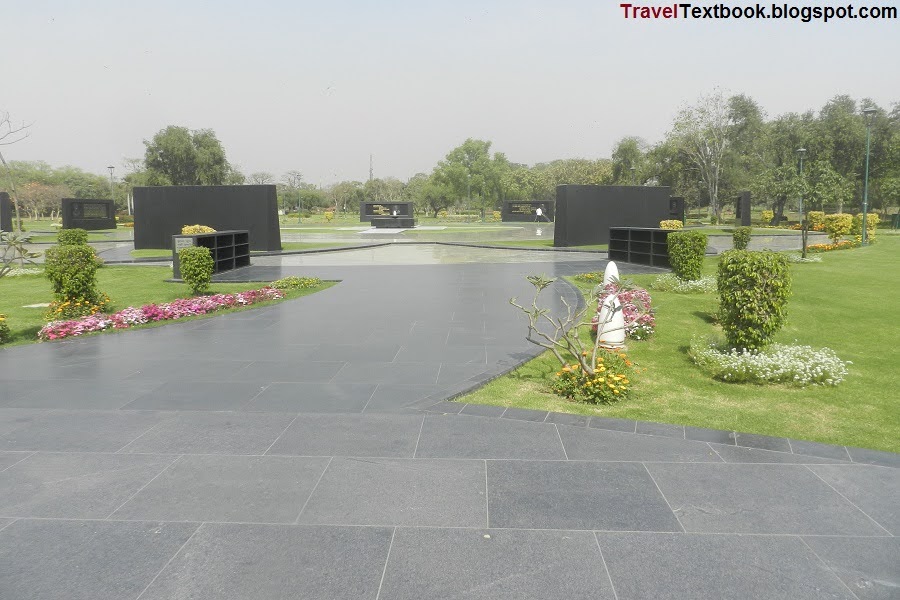
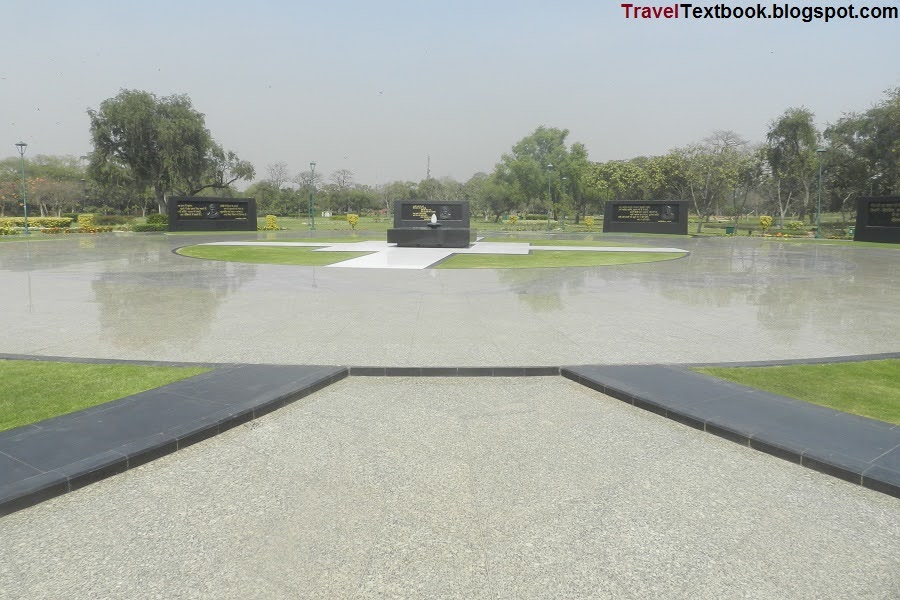
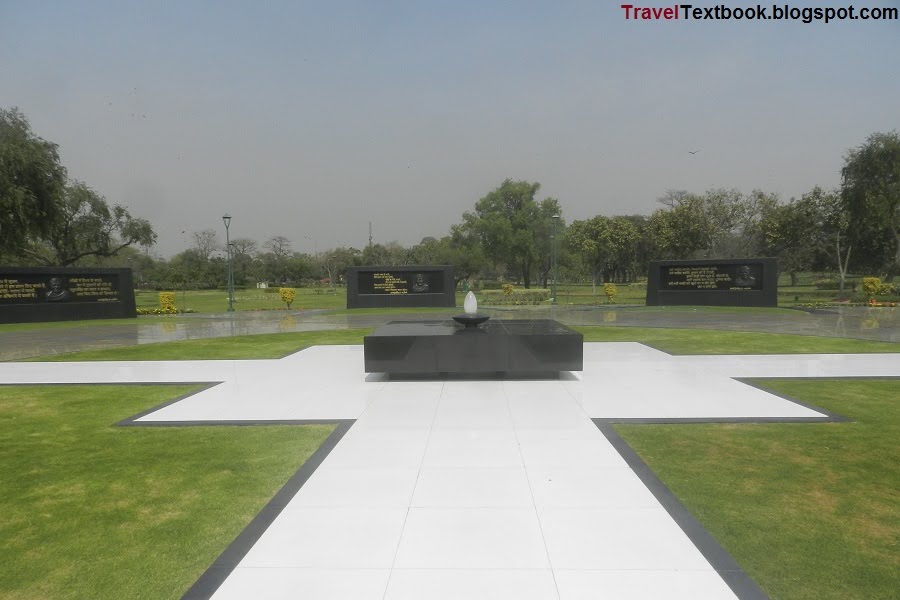
Walked north and saw memorial of SMT Lalita Shastri. Lalita Shastri was the wife of Prime Minister of India, Lal Bahadur Shastri. She founded the Shastri Sewa Niketan. Lalita Shastri died in 1993 in New Delhi.
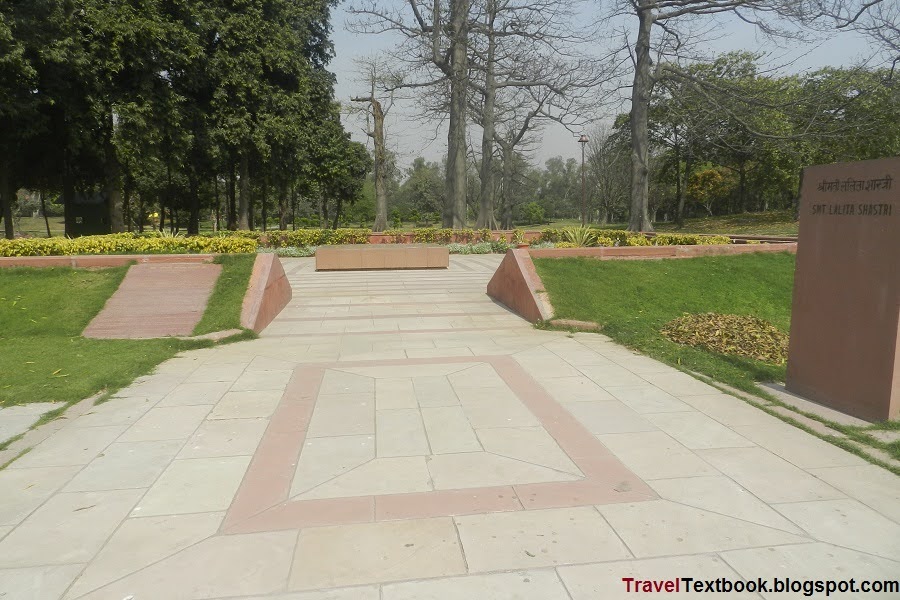
Northwest of the Lalita Shastri memorial is the memorial of her husband Lal Bahadur Shastri (2 October 1904 – 11 January 1966). He was the 2nd Prime Minister of India from 1964 to 1966 and 6th Home Minister of India from 1961 to 1963.

* Exit from west of memorial of Atal Bihari Vajpayee to the road.
Ghata Masjid
Mosque
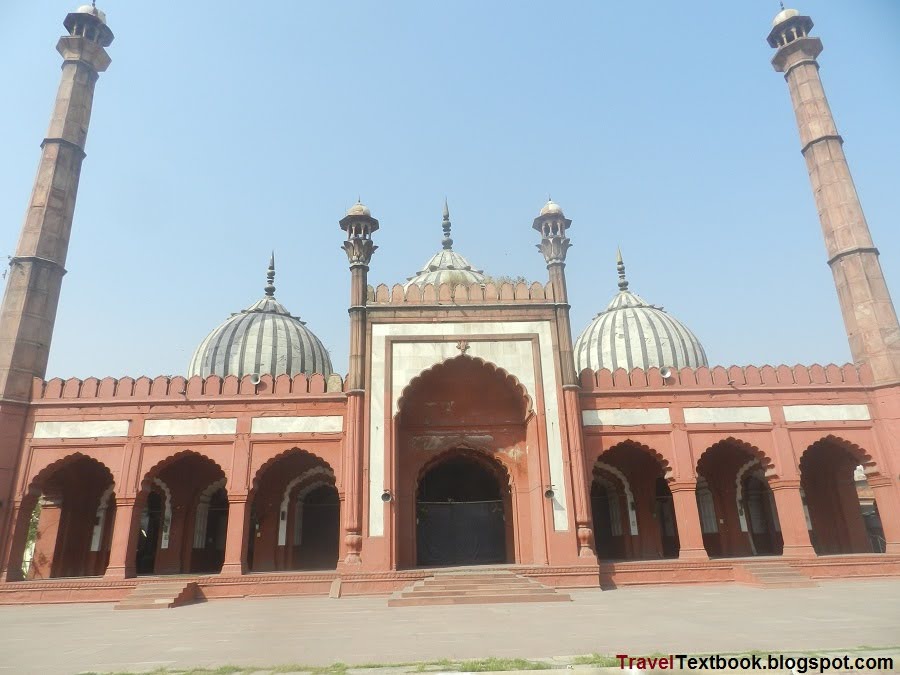
Also called Zeenat-ul Masjid was built sometime between 1658–1707 by Zeenat-un-Nissa (5 October 1643 – 7 May 1721), the second daughter of Mughal emperor Aurangzeb (reigned: July 1658 to 1707).
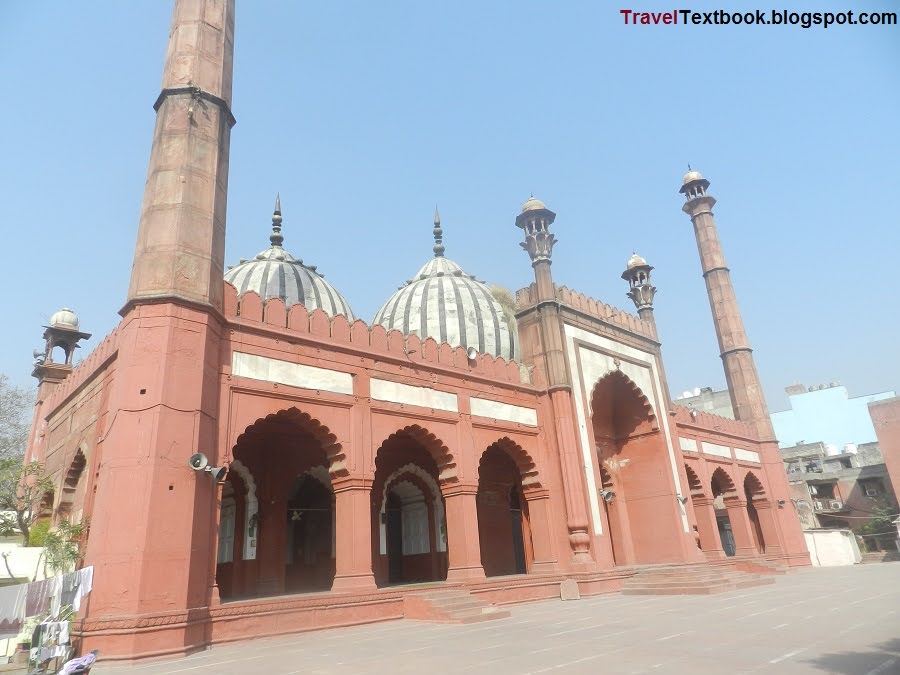

During the siege of Delhi, Zeenat-ul-Masajid was confiscated by the British military and subsequently converted into a bakery for the soldiers. The building was later partly used as a residence.
Visiting Time: Sunrise to Sunset.
Entry Fee: Free.
Photography: Allowed from outside.
How to go: It is located about 1 km south from the west gate of Vijay Ghat. Exit from the Vijay Ghat west gate and cross the road. Walk about 1 km south. The road goes to west, opposite of Shakti Sthal Bus stop, walk 100 meters to the mosque.
* Eat Butter Chicken at Moti Mahal, 3703, Netaji Subhash Marg, Daryaganj. It is located about 600 meters from Ghata Mosque towards west. About 400 meters from Jama Masjid metro station (violet line) towards southeast, and about 600 meters from Delhi Gate metro station (violet line) towards north.
Aah.. I just finished my journey today "Delhi Day-11". Jame Masjid metro station (violet line) or Delhi Gate metro station (violet line) is the nearest from here. Both are about 1 km from different direction. I used Jama Masjid metro station to return home. Because it is only 400 meters northwest from Moti Mahal restaurant.
Hope this post will help you. Write your comment below and please share it with your friends.
You May Also Like
Travel Delhi: Day-1
Travel Delhi: Day-2
Travel Delhi: Day-3
Travel Delhi: Day-4
Travel Delhi: Day-5
Travel Delhi: Day-6
Travel Delhi: Day-7
Travel Delhi: Day-8
Travel Delhi: Day-9
Travel Delhi: Day-10
Travel Delhi: Day-11 (You are here)
Travel Delhi: Day-12
Travel Delhi: Day-13
Travel Delhi: Day-14
Travel Delhi: Day-15
Travel Delhi: Day-16
Travel Delhi: Miscellaneous
Click below to go


No comments:
Post a Comment